Ever hear of katabatic winds? Me neither until today when one almost left us stranded at an abandoned whale oil factory at Grytviken, South Georgia. Our rescue was one of the finest piece of seamanship I hope I never have to rely on again.
Katabatic winds are notorious here in the Antarctic region. At Grytviken, as has been the case most places we’ve visited, the area is surrounded by one or more glaciers. When the ice and snow at the top of the glacier melts, the resulting air is heavier than the ambient air. Gravity does its thing and, woooosh, down the slope it goes, reaching speeds, in our case, of 70 knots or more. Along with the strong wind comes ice pellets and raindrops.
Our first stop this morning was the Leith whaling station in Stromness Bay. It operated from 1902 until 1986. It, like the other stations, processed whale oil for export around the world. Countless thousands of whales were killed, leading to near extinction. Operations ceased due to lack of whales.
Our plan had been to enter the bay so we could view the extensive operating facilities. Leith was the largest station of its type in South Georgia. It is closed to the public because the facilities are asbestos laden and prone to fall down in a strong wind.
It was here we had our first taste (today, anyway) of katabatic winds. We nosed in and our captain decided the bay was too narrow and the winds too strong to risk a length photo op. So away we went to our next station, Grytviken.
Grytviken has been restored to the point where cruise boat sailors like us can come ashore. Stringent anti-viral procedures are required. Our departures were by zodiac and were delayed for an hour or so due to, you guessed it, high winds with gusts reaching 70 knots. But finally we were on our way for a 15 minute zodiac ride to shore.
The factory facilities are extensive. Whale oil production was a major business. It operated from 1904 through 1965. It is said that the largest ever blue whale was killed here. The blue whale is the largest mammal on earth.
Grytviken is also home to a large number of fur seal pups. We had to watch where we went. Some of the seals wanted attention. Others wanted to show us how ferocious they could be. A few stray king penguins also strutted around.
Grytviken is also the burial place for the famous Antarctic explorer, Ernest Shackleton. Shackleton’s original expedition to cross Antarctica spent a month in Grytviken in 1914 before heading for Antarctica. His ship, the Endurance, was trapped in ice. Shackleton took part of his team in a lifeboat back to South Georgia. Once there, he and his crew climbed up and over the island’s glaciers to the east side and, from Grytviken, launched a rescue party for the remaining crew members. The rescue was successful. Taking more than a year, all crew members survived.
On yet another expedition in 1922, Shackleton’s team reached Grytviken where, on New Years Day, he suffered a heart attack and died. His widow specified that he be buried at Grytviken.
Leith and Grytviken also played a role in the Falkland/Malvinas War of 1987. The day after Argentina invaded the Falklands, a contingent of Argentinian scrap metal workers arrived at Leith, some of whom were Argentinian marines in disguise. They raised the Argentinian flag. A small contingent of British Royal Marines at Grytviken fought a brief battle, shooting down an Argentinian helicopter and damaging an Argentinian destroyer, before surrendering.
Today, King Edward Cove is shared by Grytviken, the former whaling station, and King Edward Point, a permanent British Antarctic Survey Research station. KEP, as it’s called, is also the capital of the British Overseas Territory of South Georgia and the South Sándwich Islands. It has the distinction of being the smallest capital, by population, in the world.
So there we were at Grytviken. Despite the delays we arrived at 4:15 PM and were told to report to the landing site by 5:15. But the winds blew and they blew and they blew. The sky was mostly clear but the snow- and sleet-laden wind made walking into the wind painful. There was a perfect rainbow almost all day formed by the flow off the glacier. And no zodiacs left to take passengers home.
Finally, at perhaps 6 PM, three zodiacs ventured and successfully reached the Octanis. But the zodiacs did not return for more passengers.
The zodiacs did eventually return, accompanied this time by the two Special Operations Boats (SOBs). These military-grade transport vessels are designed for all weather operation. So, the procedure became to use the zodiacs to transport passengers to the SOBs, about 100 yards off shore. The passengers transferred to the SOBs, which then returned to the Octanis.
The Octanis is specially designed to accept the SOBs via a conveyer belt arrangement, much like a boat trailer, located in the stern of the mother ship. The pilot of the SOB somehow lined up with the ramp despite the strong winds and turbulent swells. Once captured, the SOB was pulled into the stern of the ship where we were able to disembark safely.
Incidentally, our ship has never dropped an anchor during our stops. Instead, the ship’s side thrusters and propellers are linked to the GPS and maintain the ship in a constant orientation. I happened to talk to the captain today and he verified this fact. “I could have dropped anchor today, and I wouldn’t worry about the anchor dragging, but if we needed to move quickly we don’t have to pull the anchor.”
We got back around 8 PM. As I type at 10:30 PM, we just received word that all passengers were safely back on board.
In retrospect, it was probably an error for the lull in wind speed this afternoon to justify landing passengers at Grytviken. It left us vulnerable to the fate of the winds. But the unique capabilities of the Octanis resulted in a safe outcome.
Time for bed.
Judy has put together another video, covering our trip at South Orkney Islands on our way from Antarctica to South Georgia Islands. Here’s the link:
https://judyrick.zenfolio.com/p1039409213/hd93e8154#hd93e8154

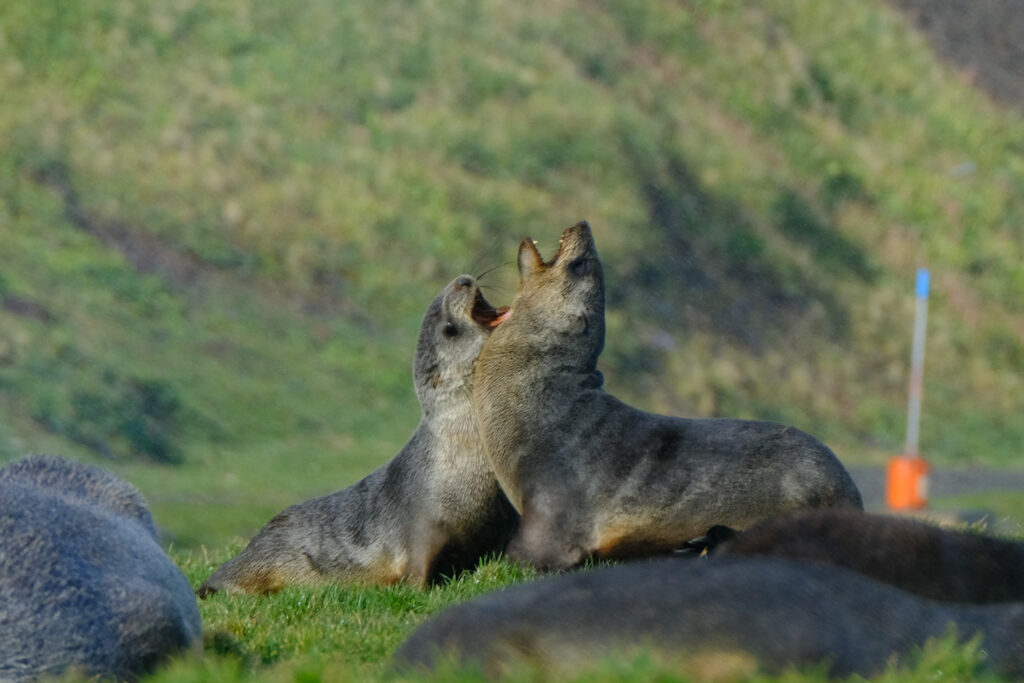
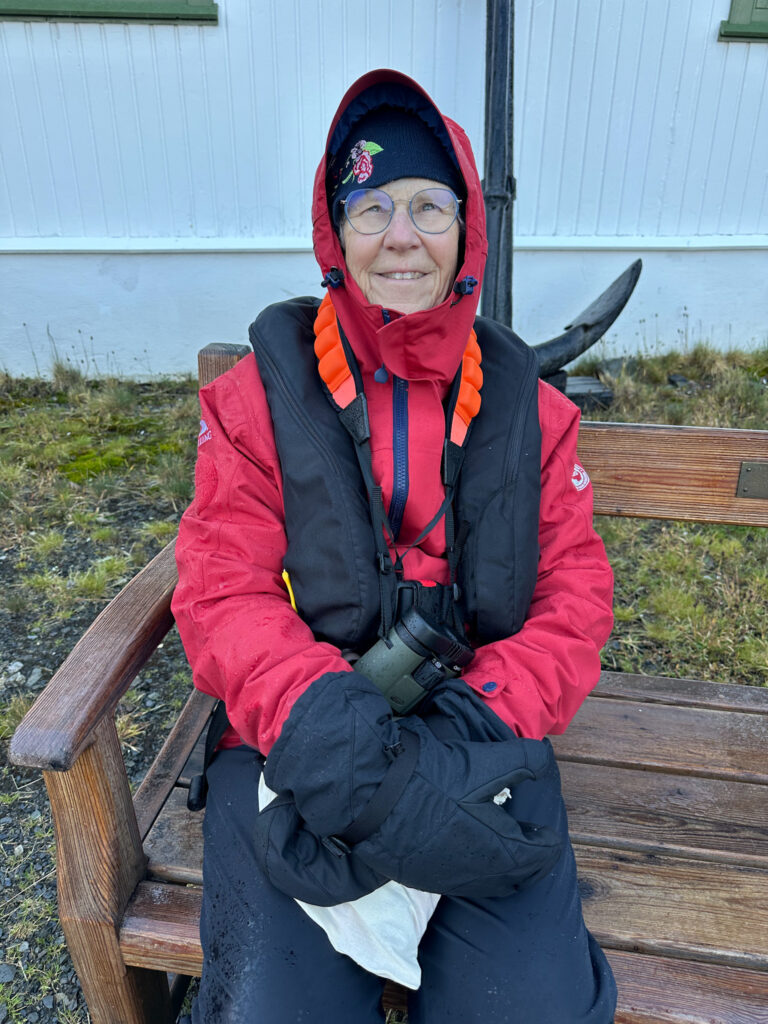
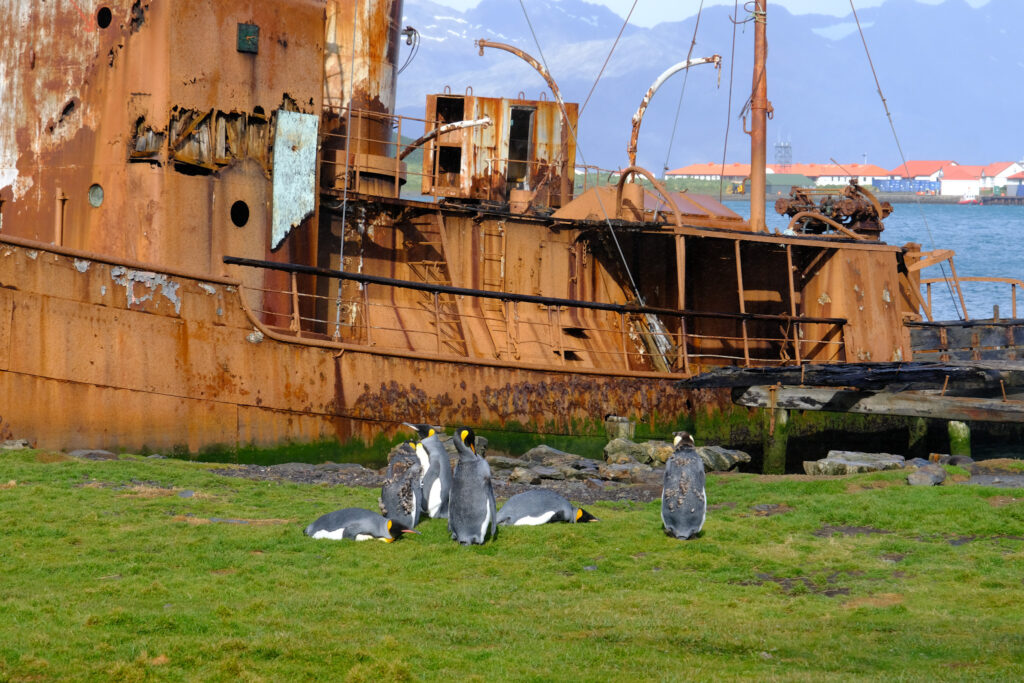
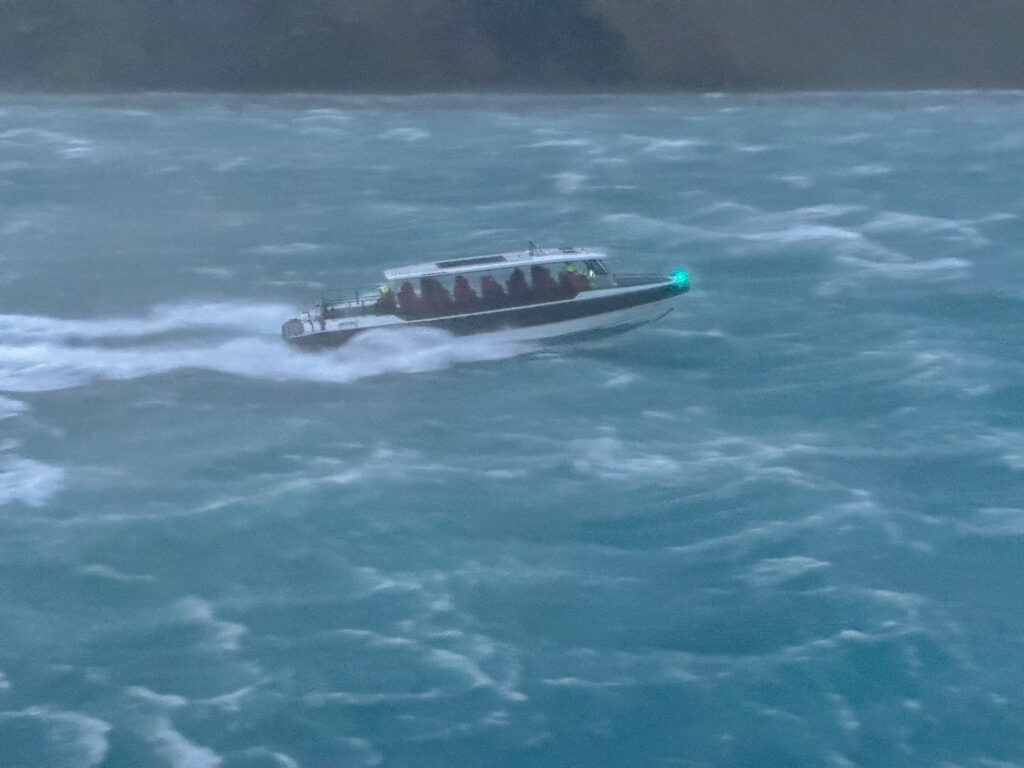


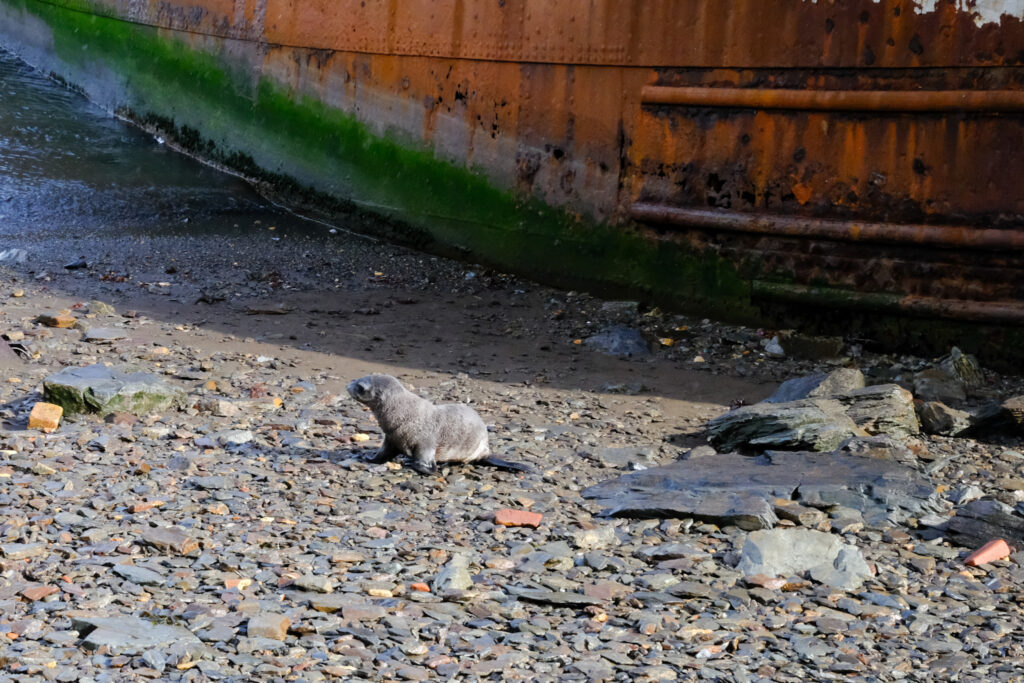
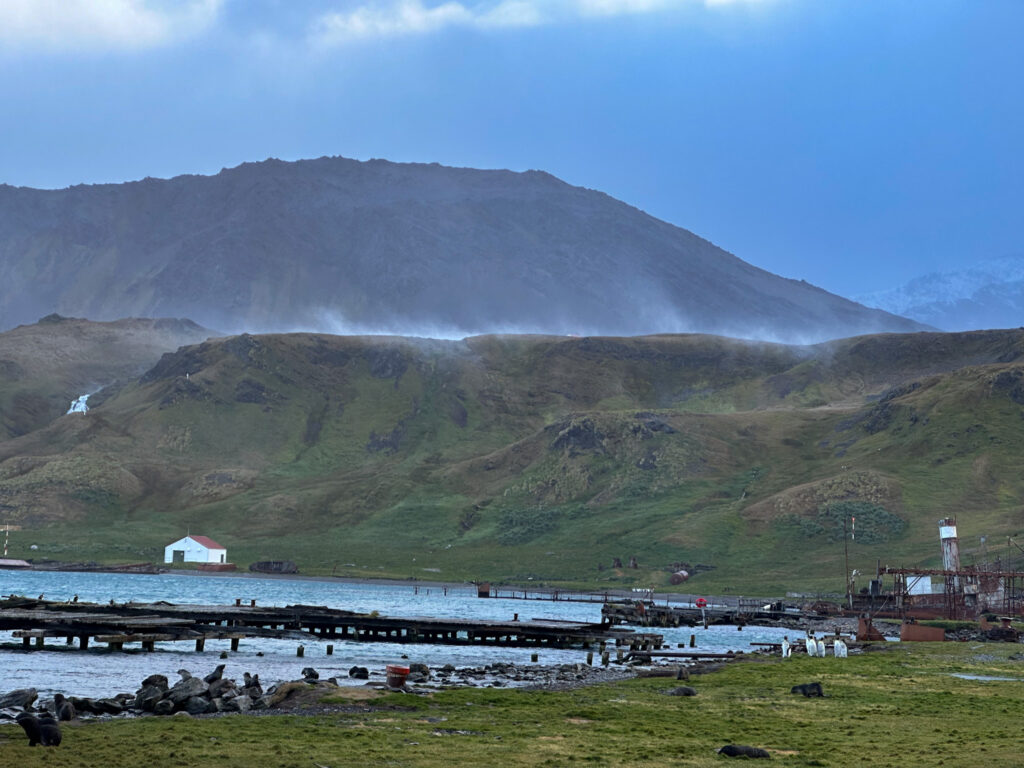
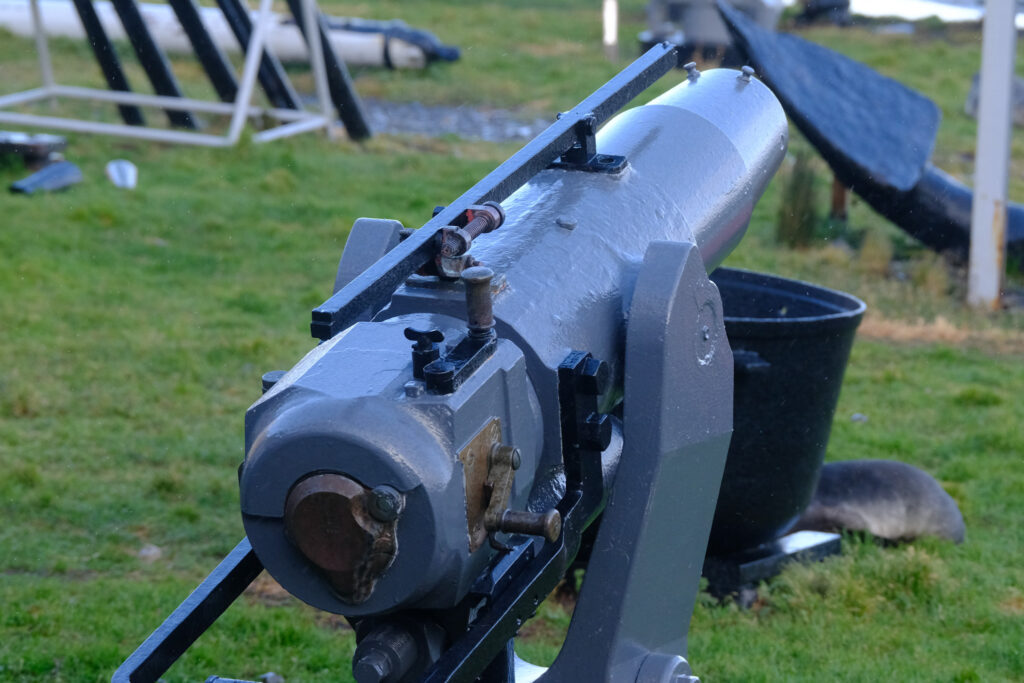
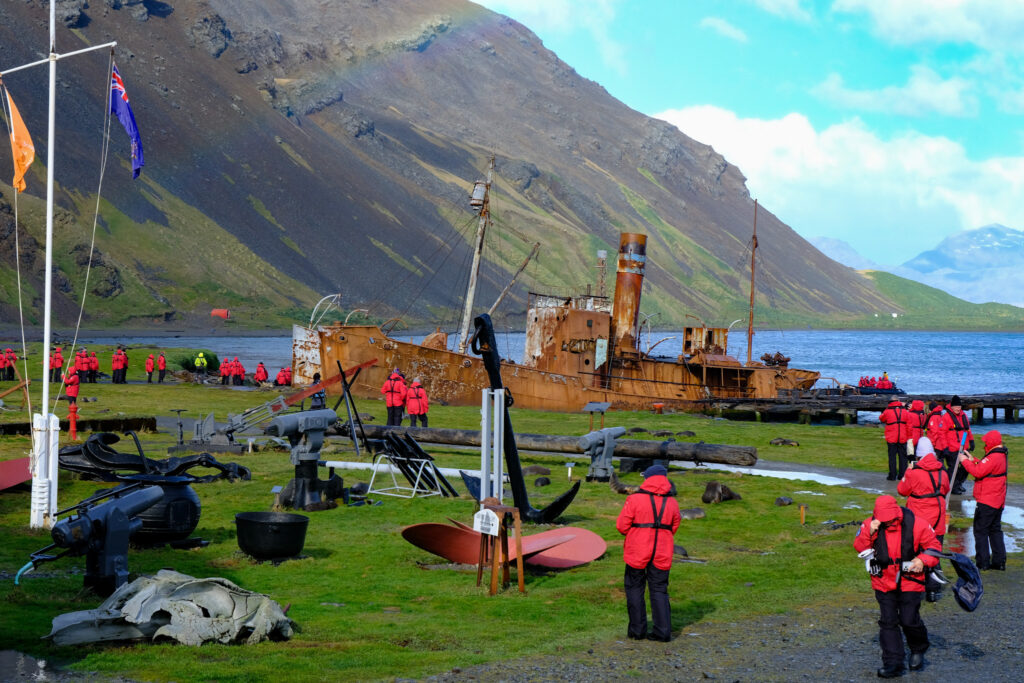
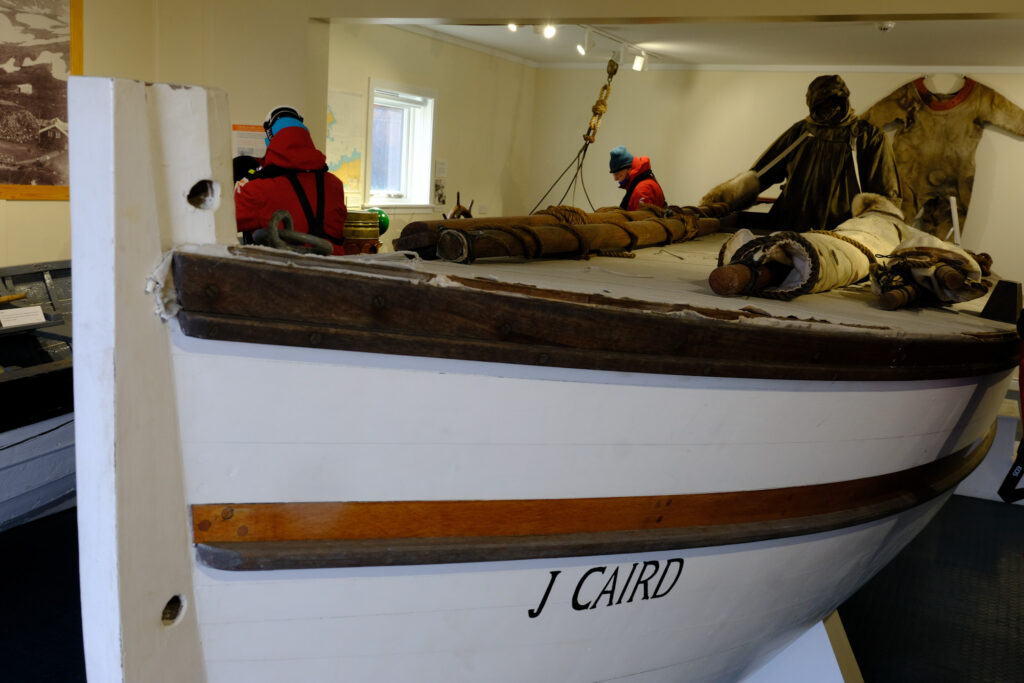

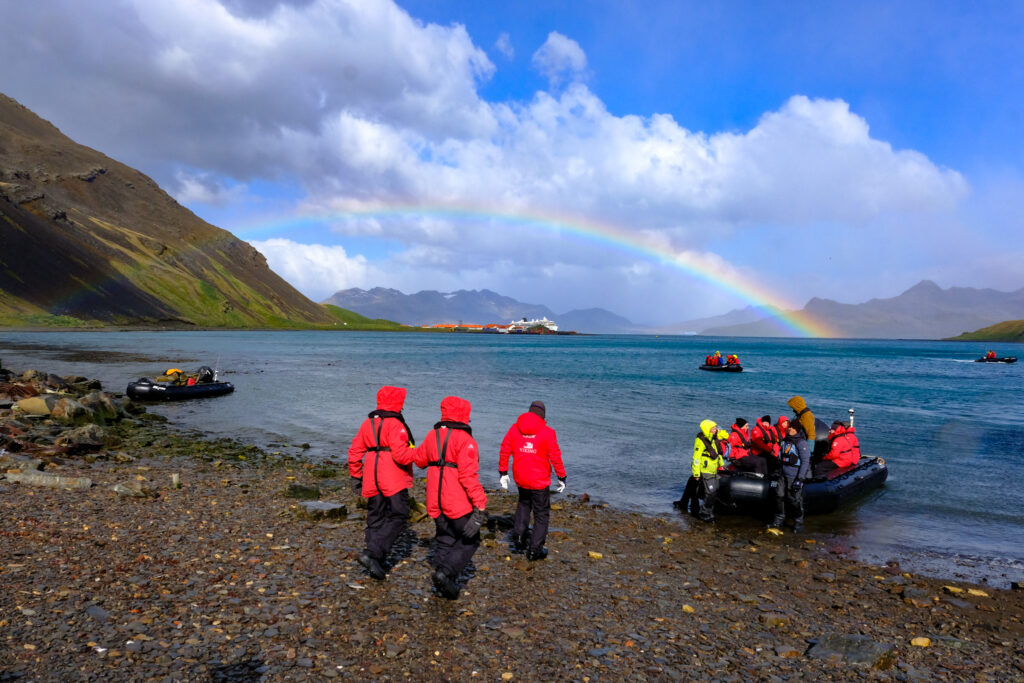

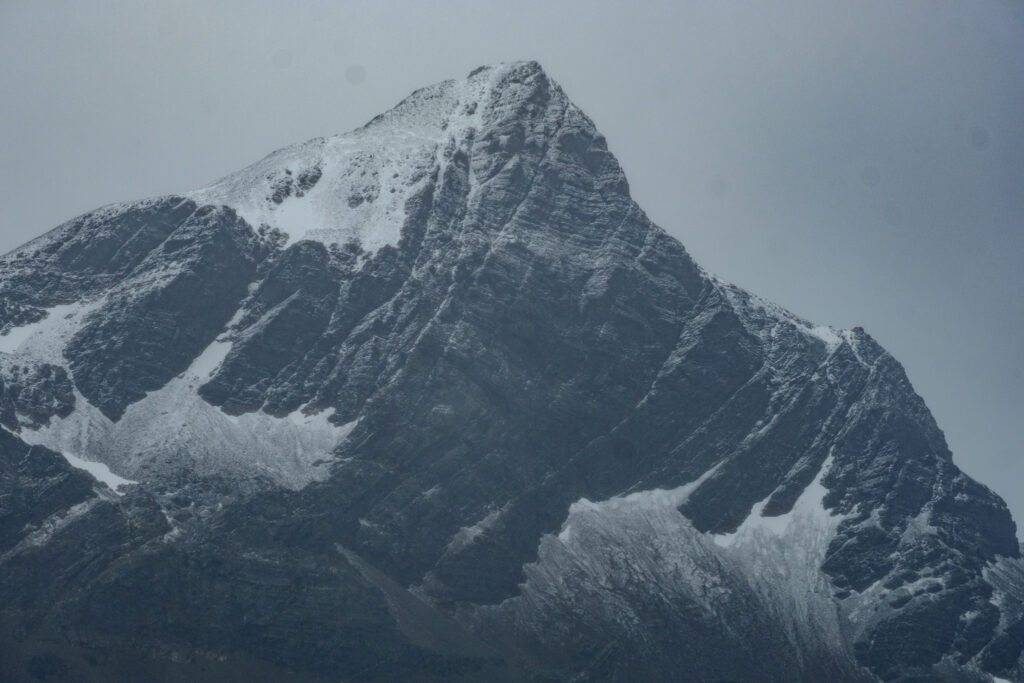
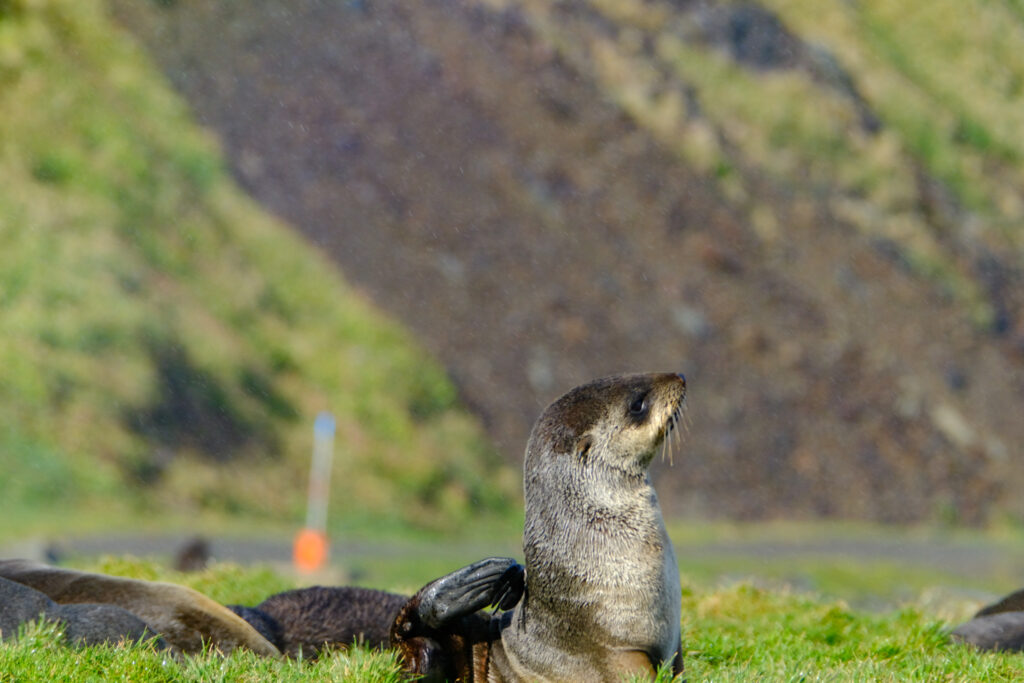

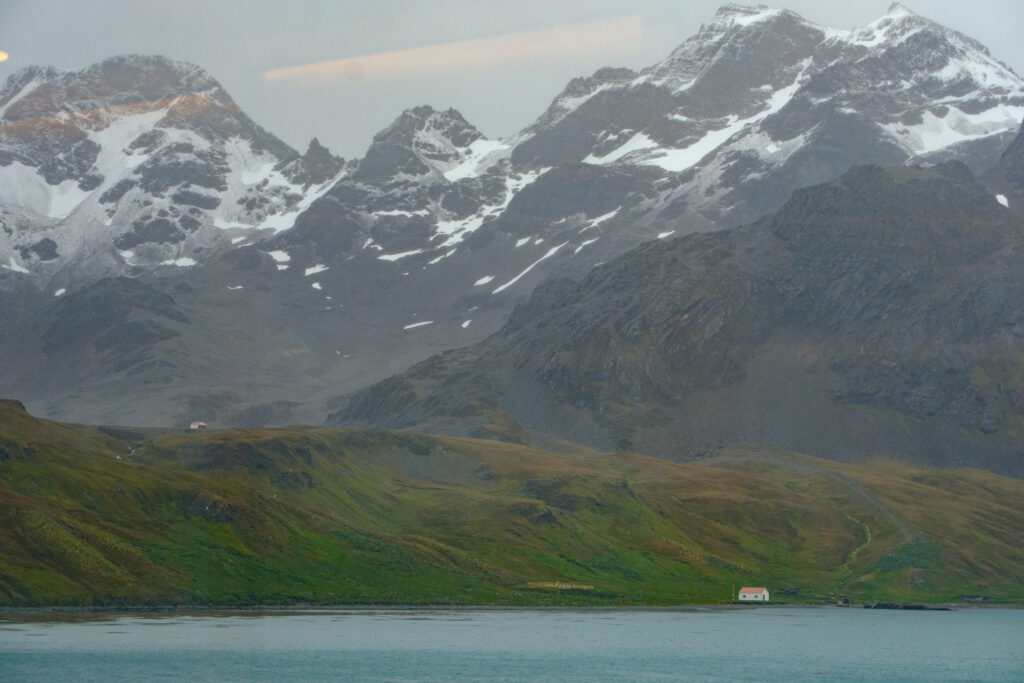
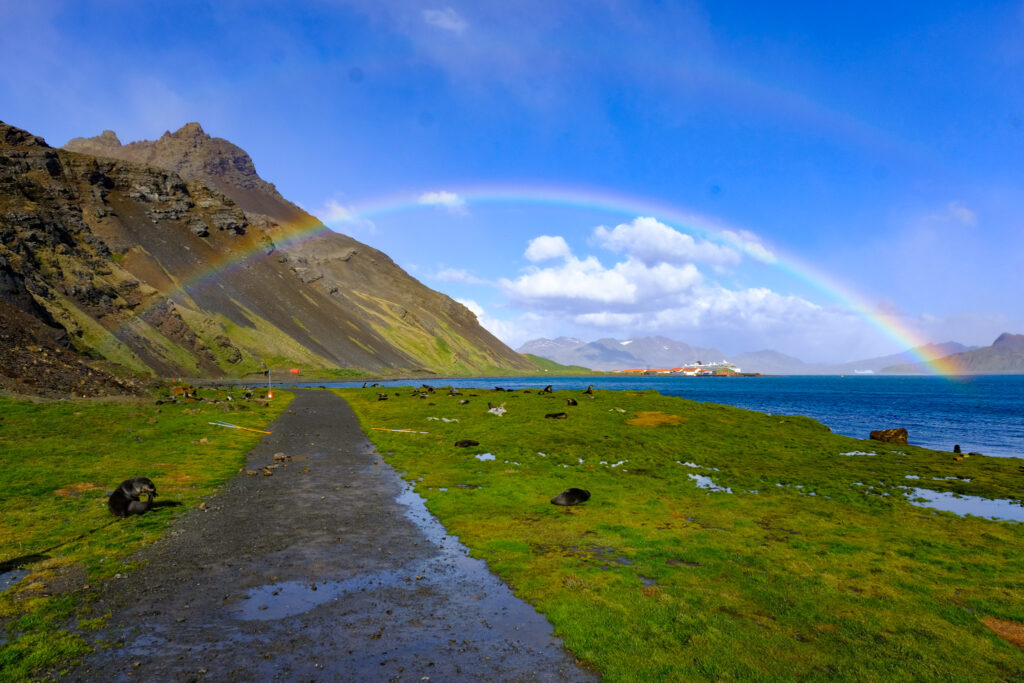

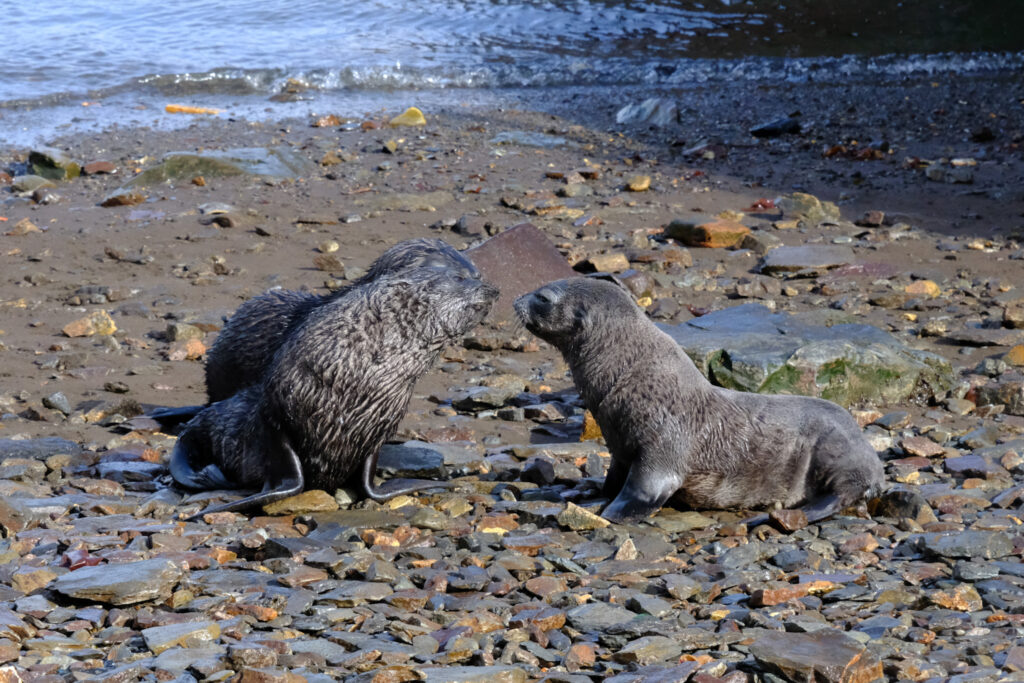

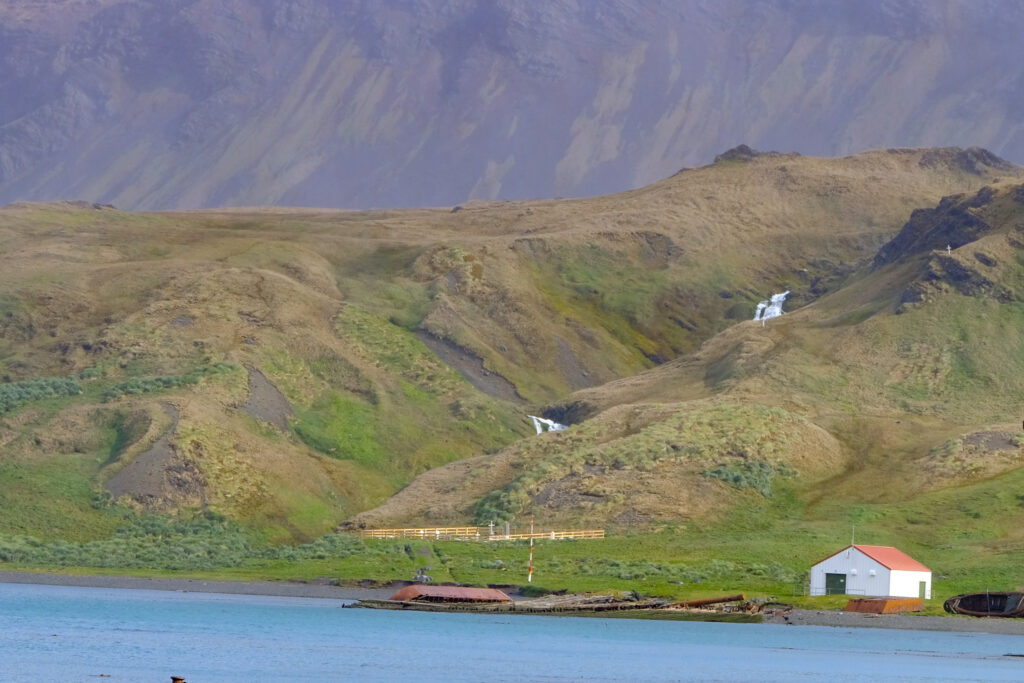


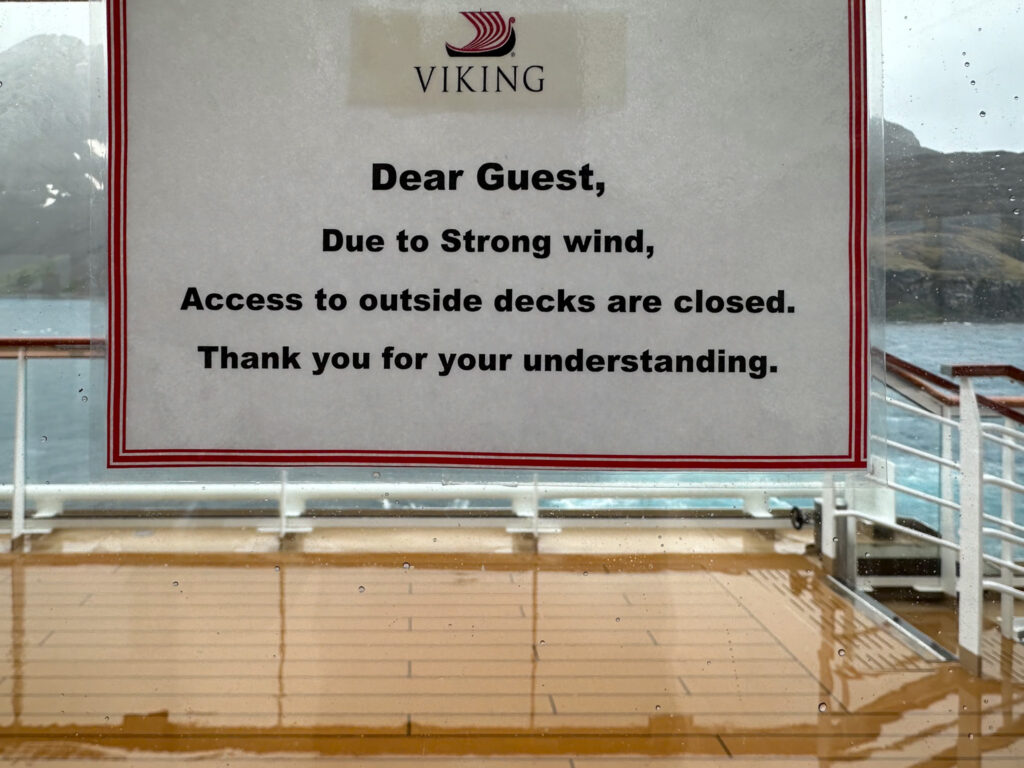
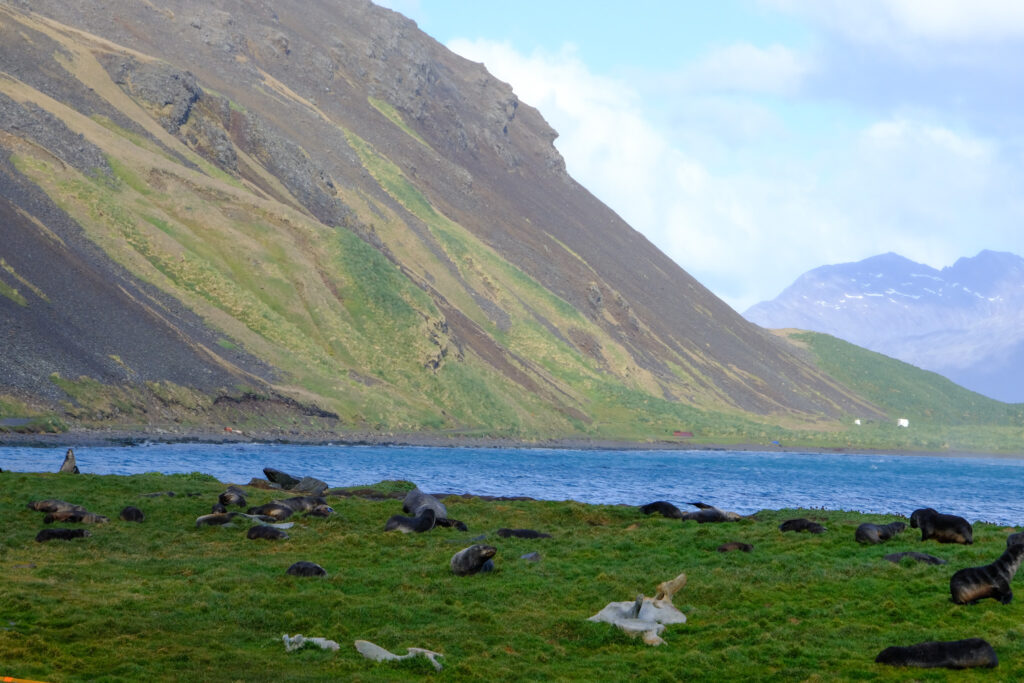

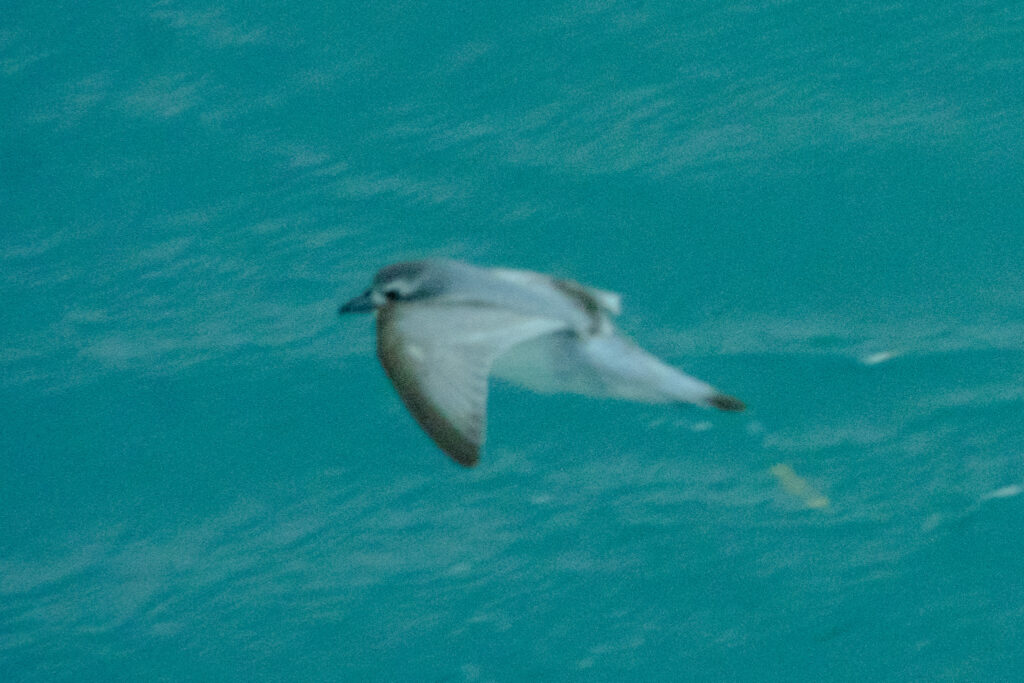
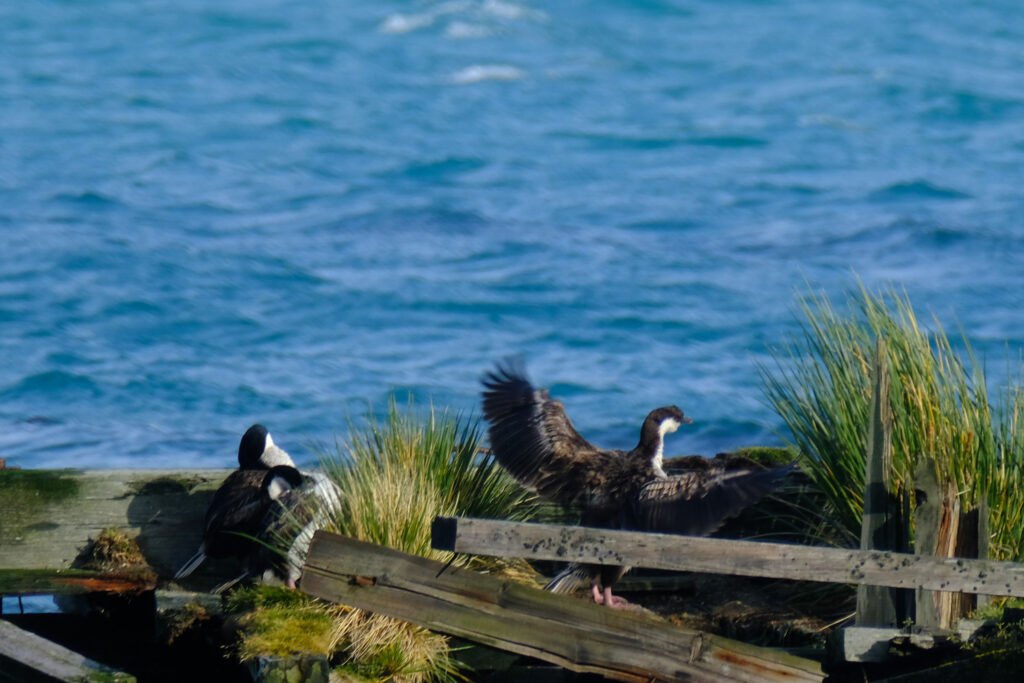

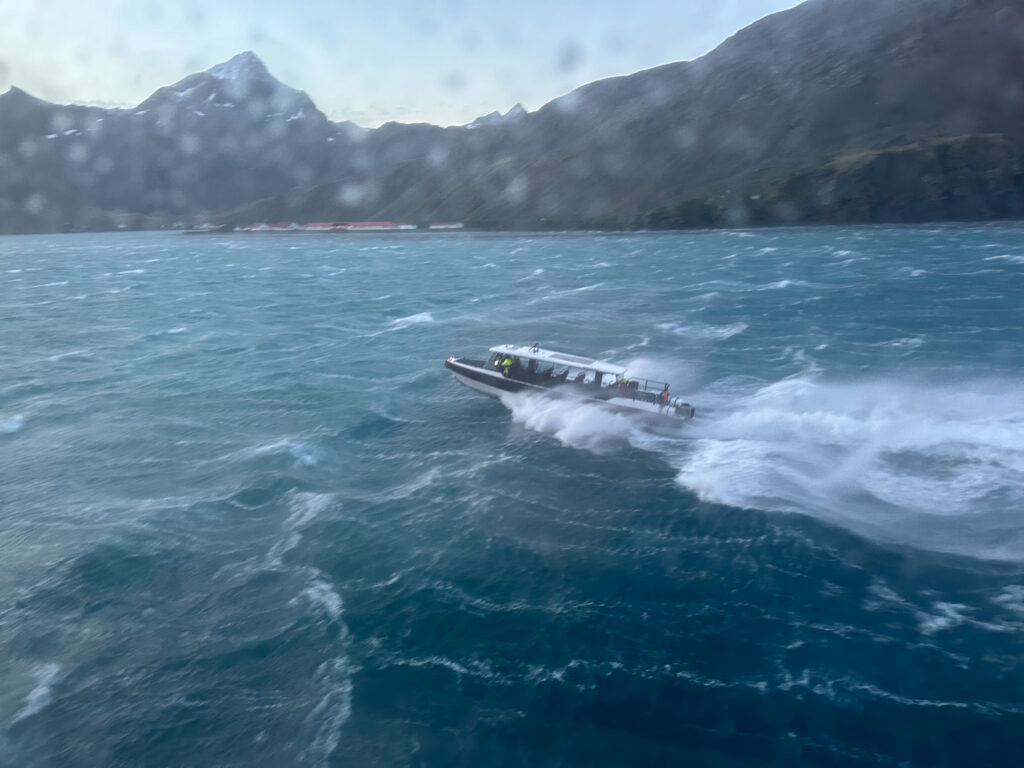

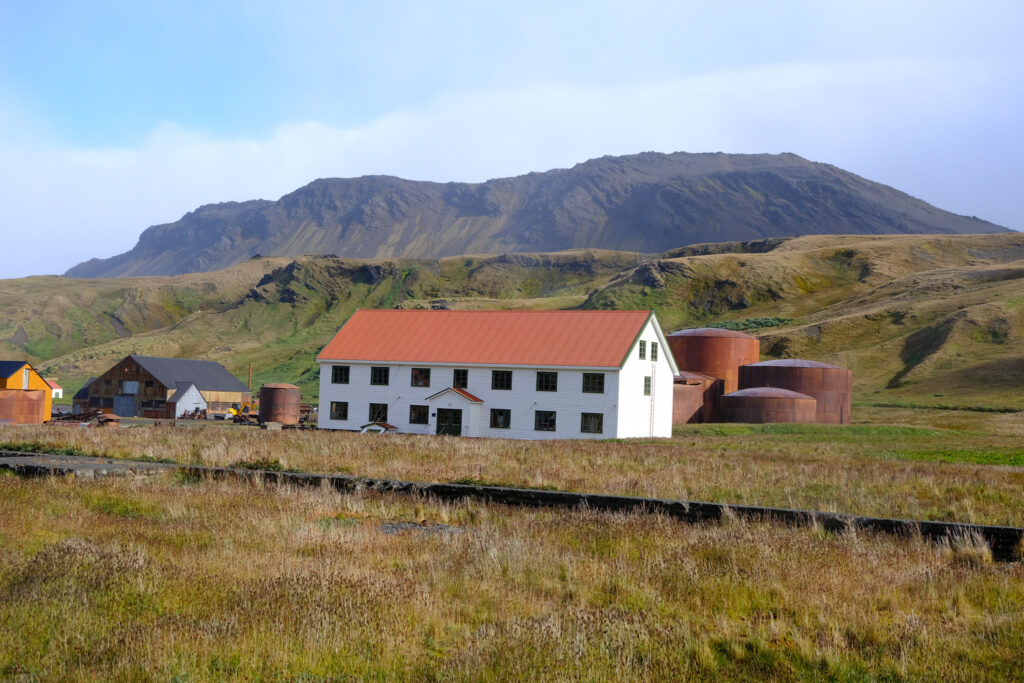

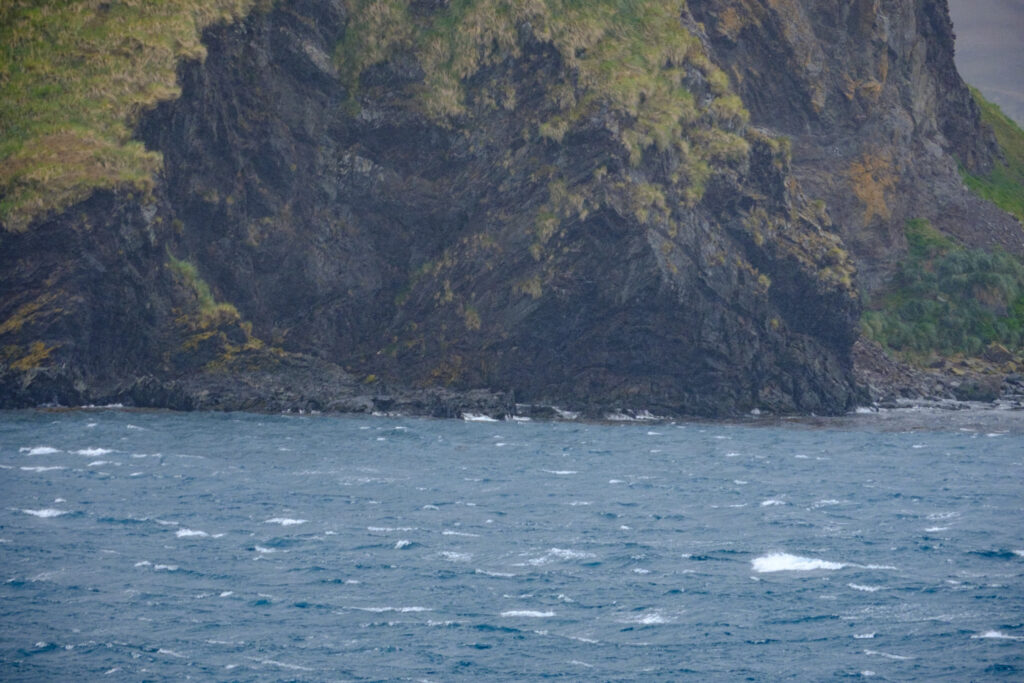

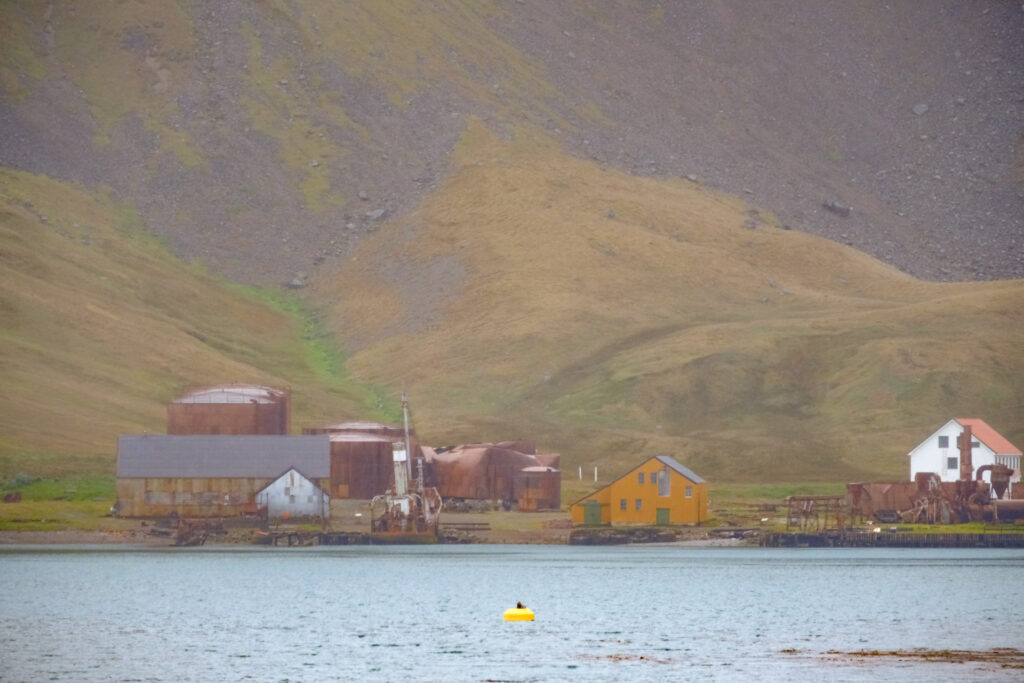
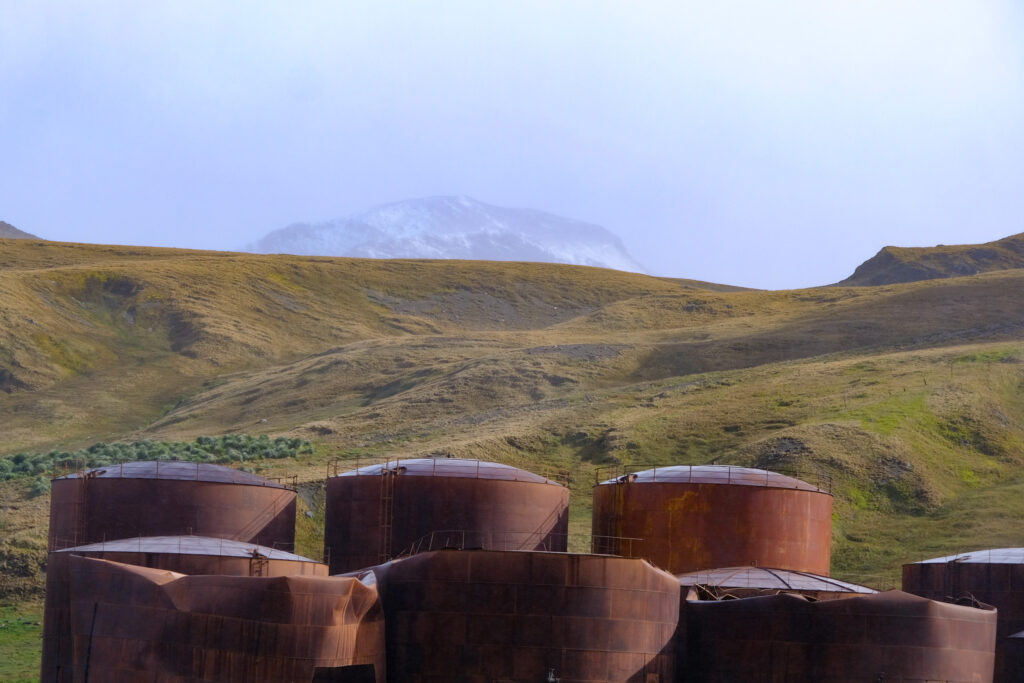

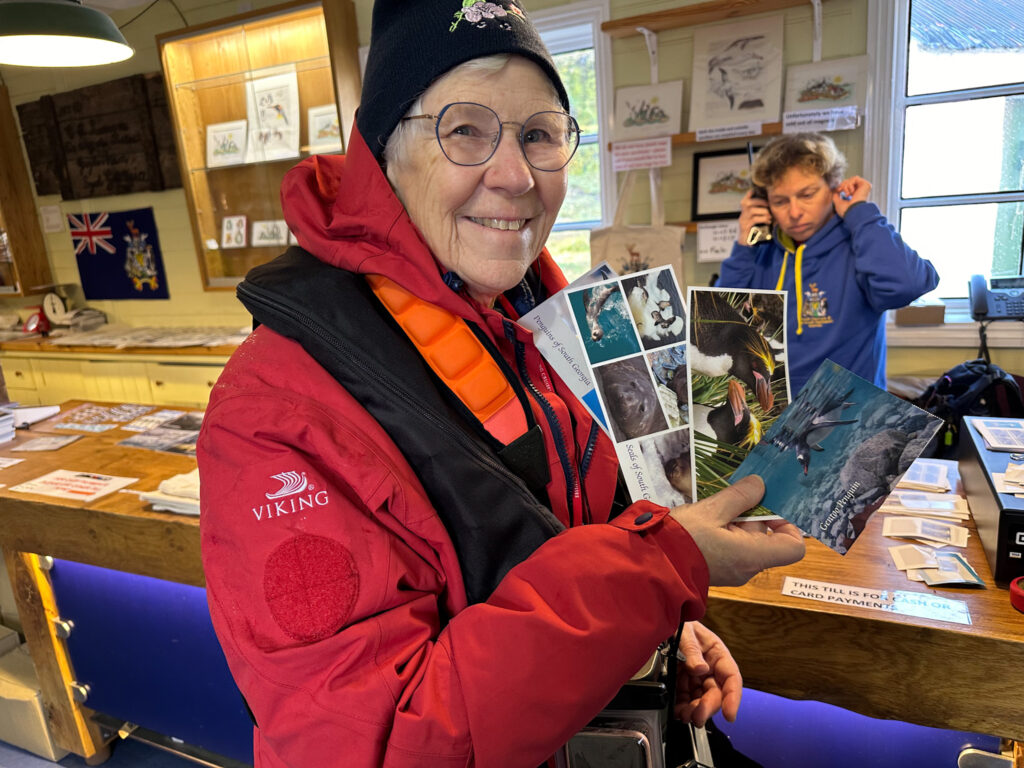


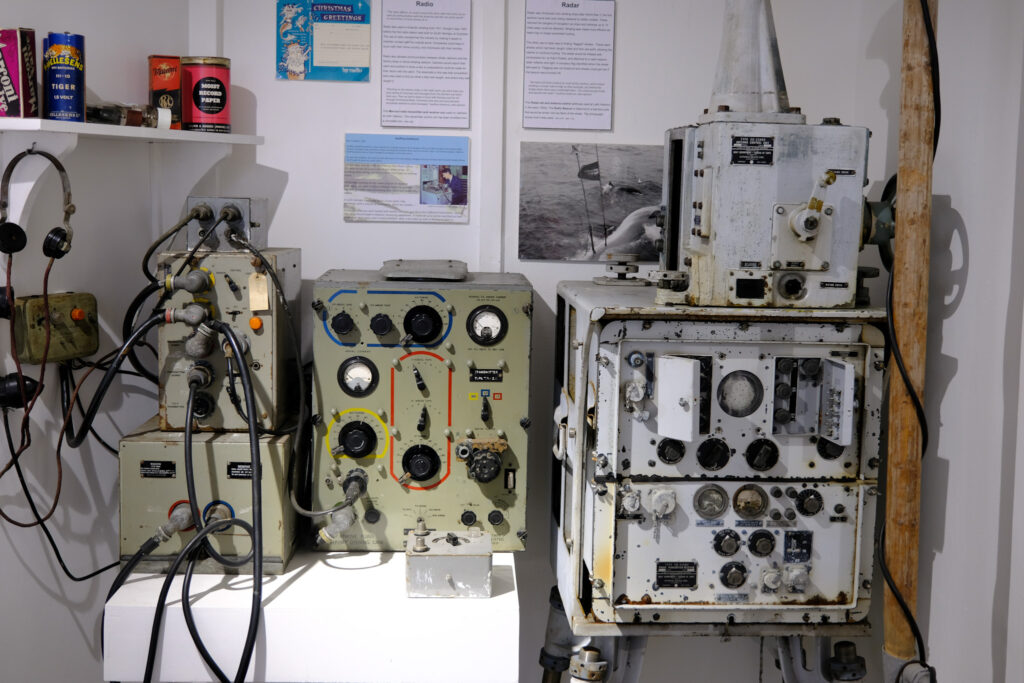
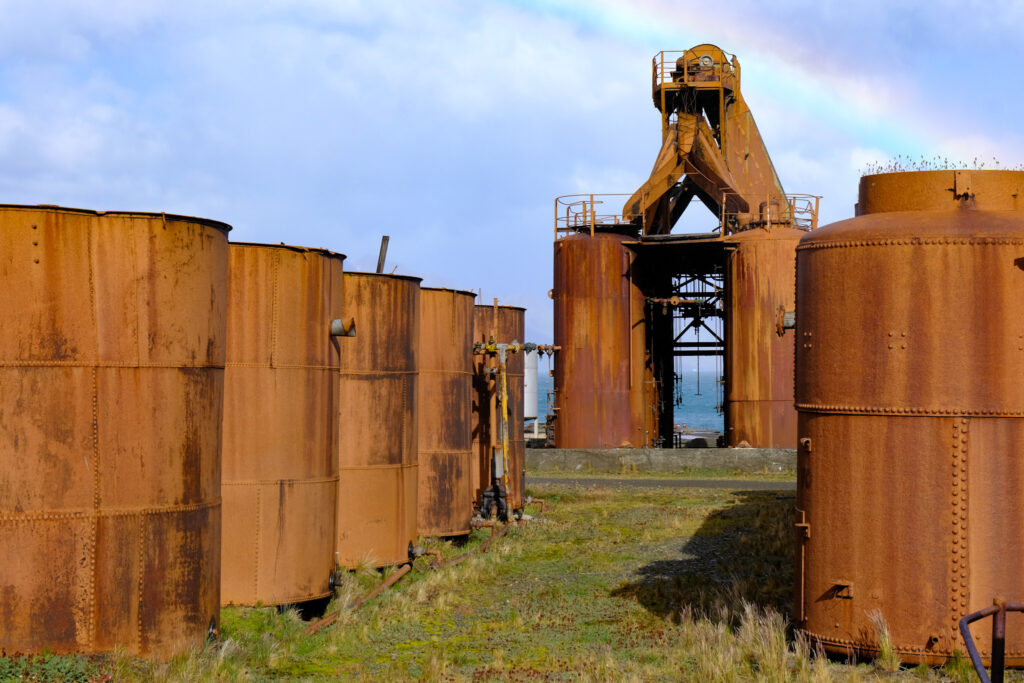

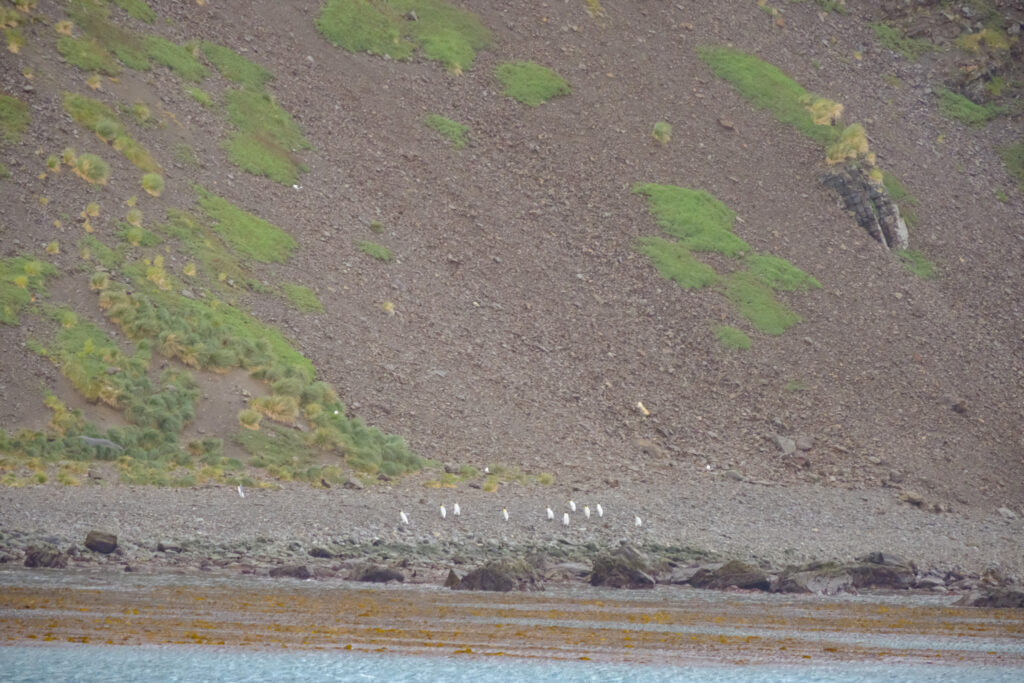
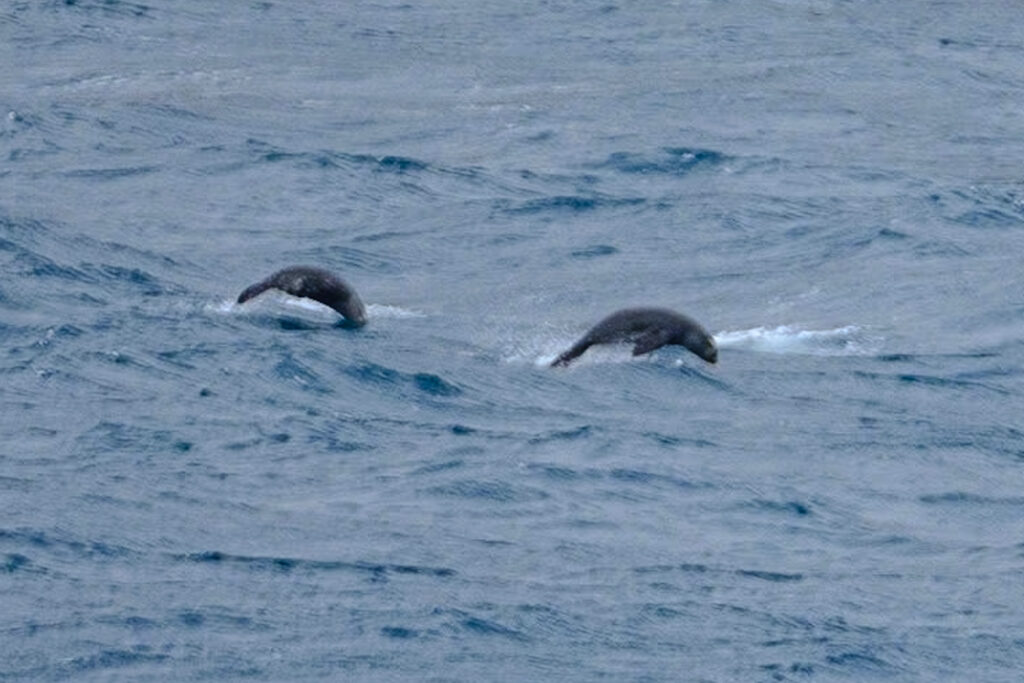
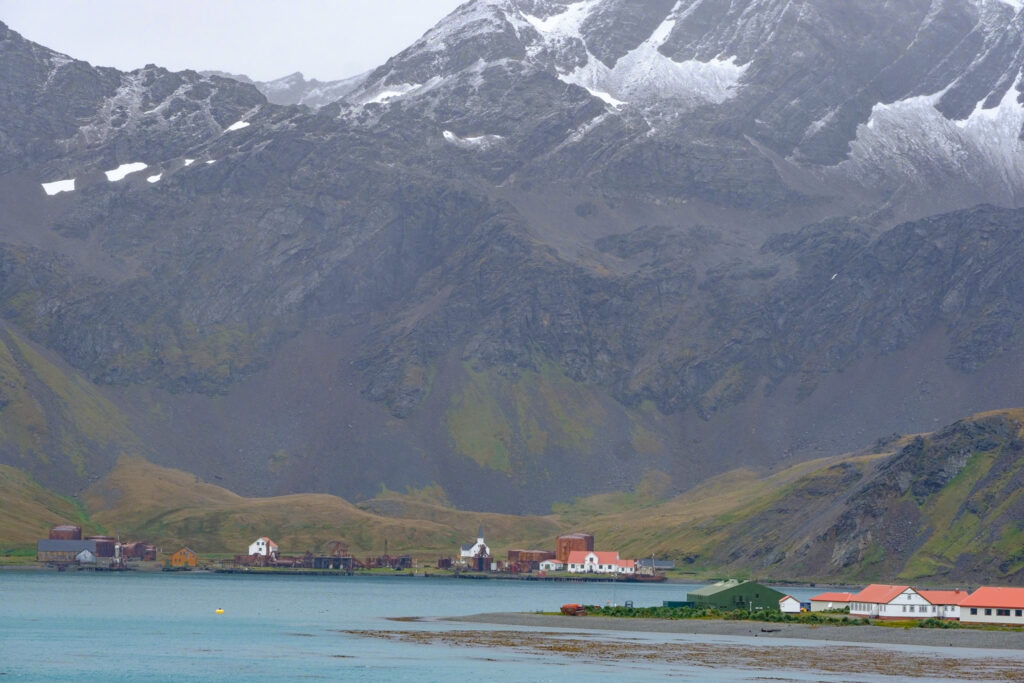
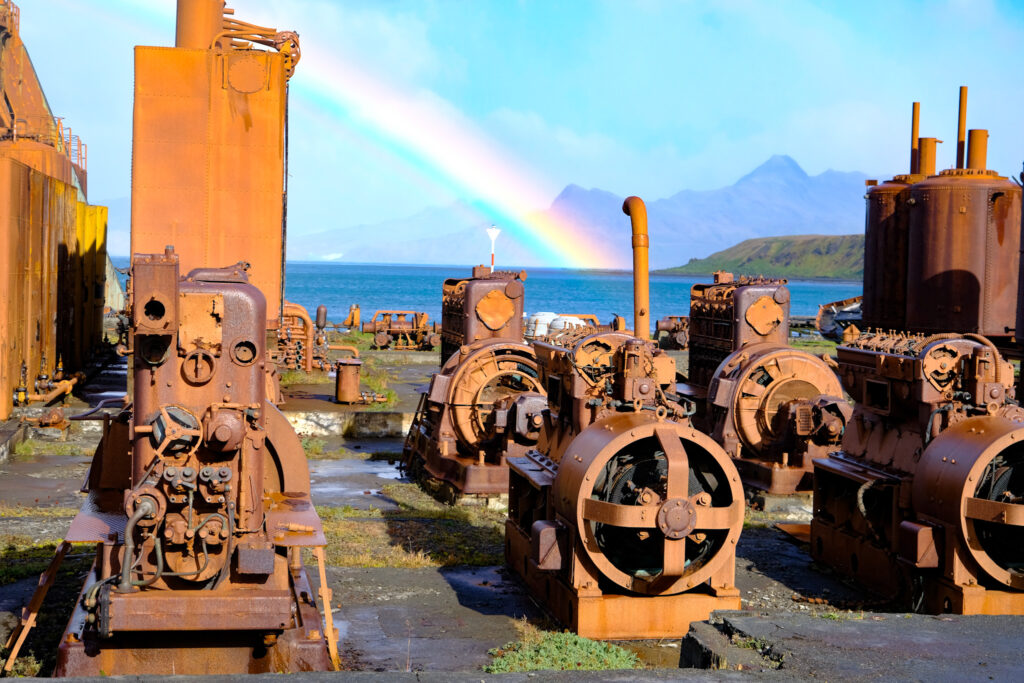

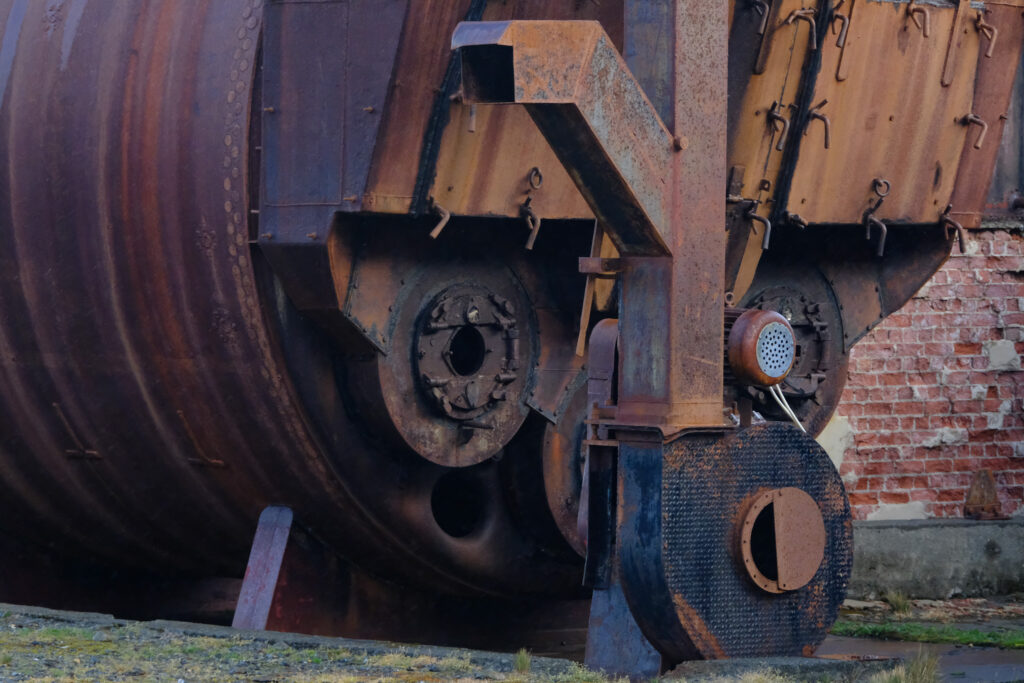



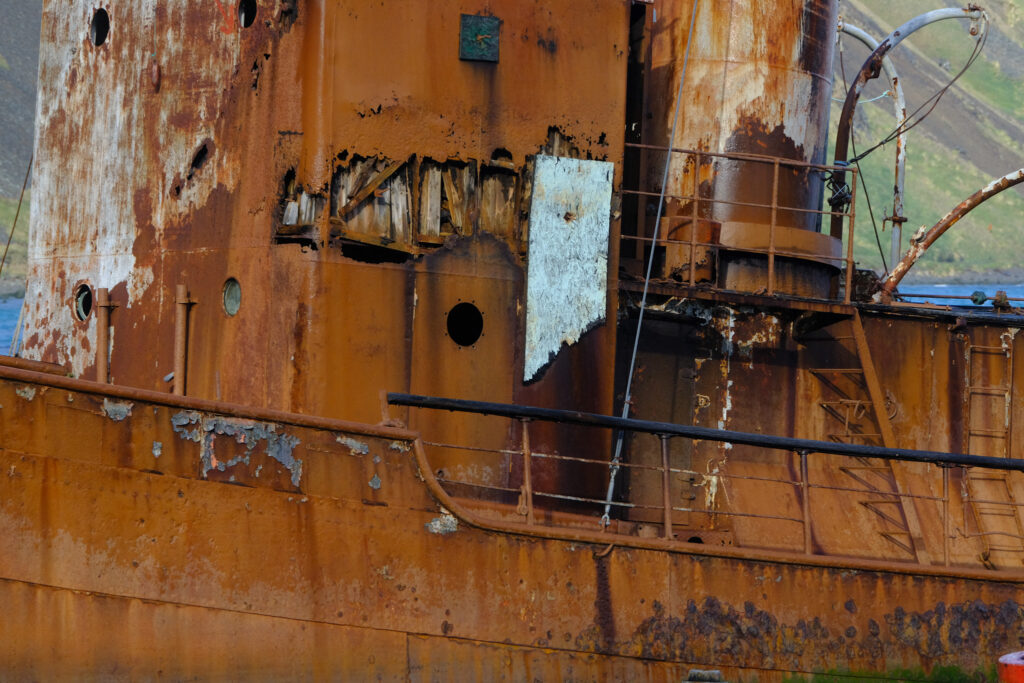
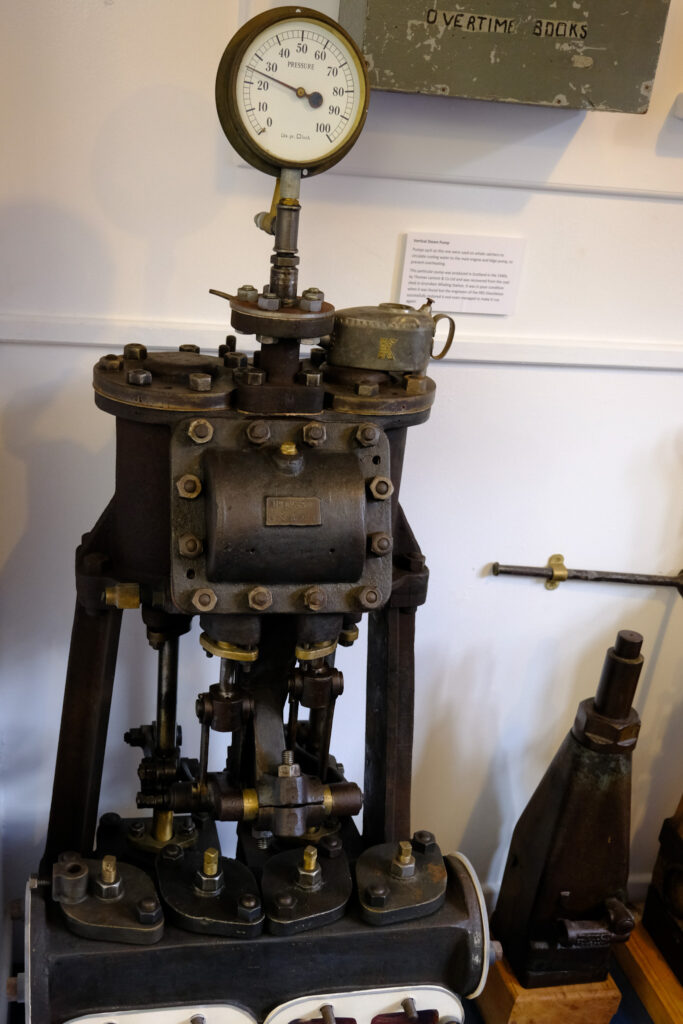
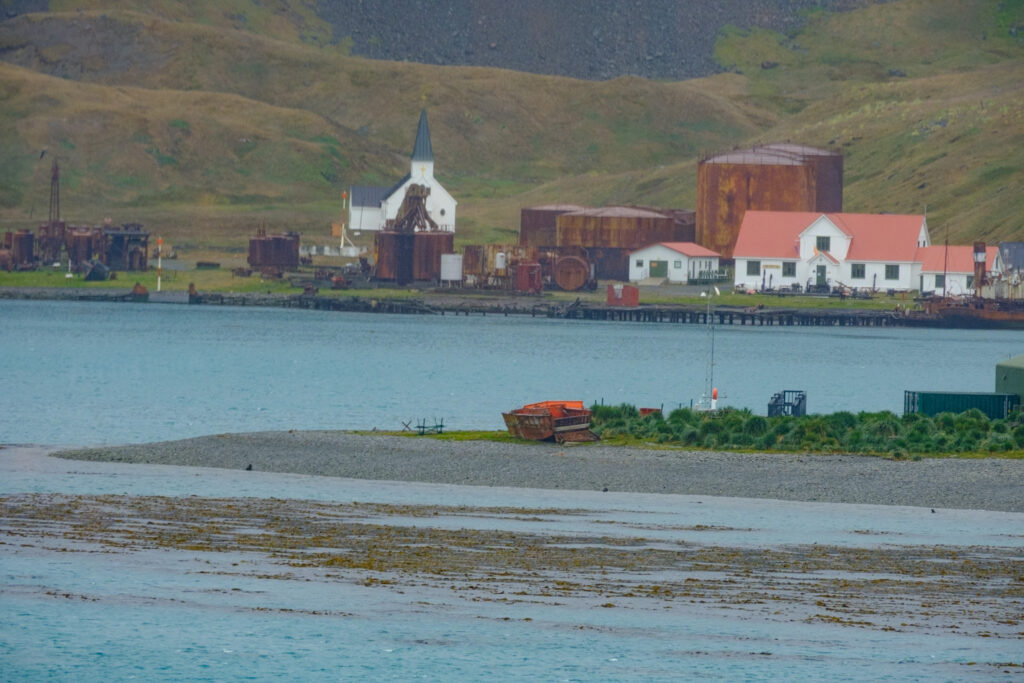
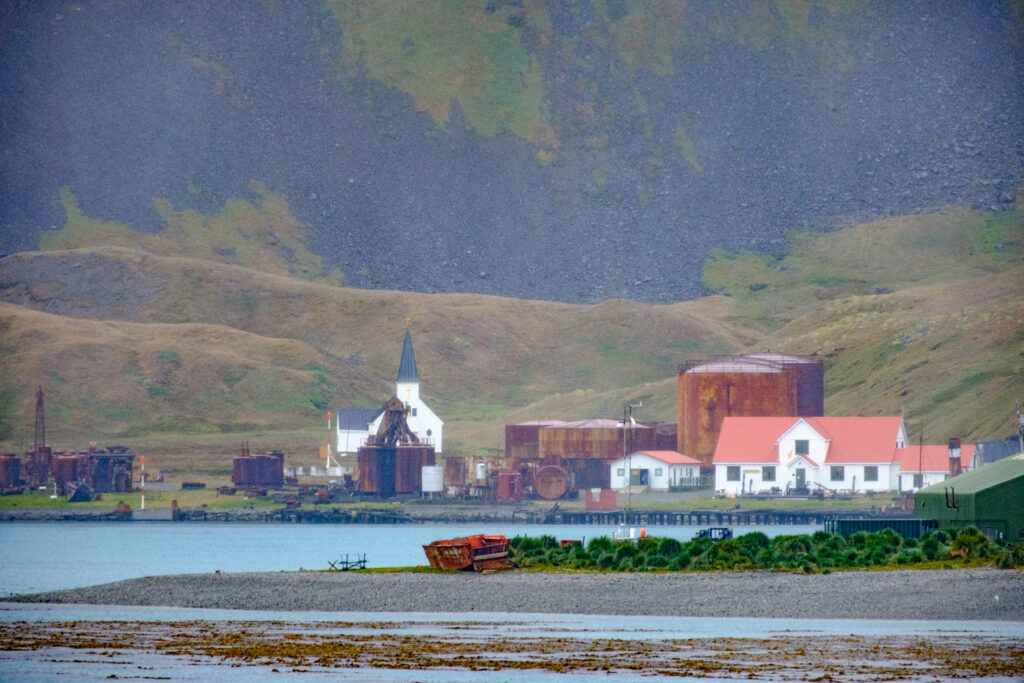
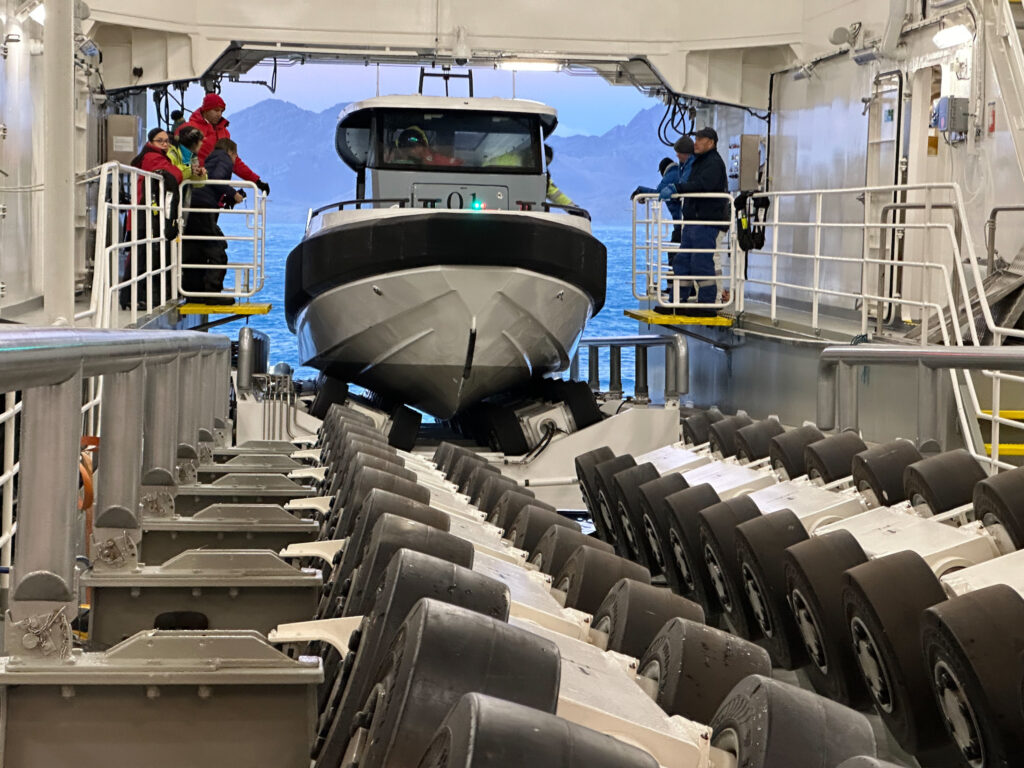
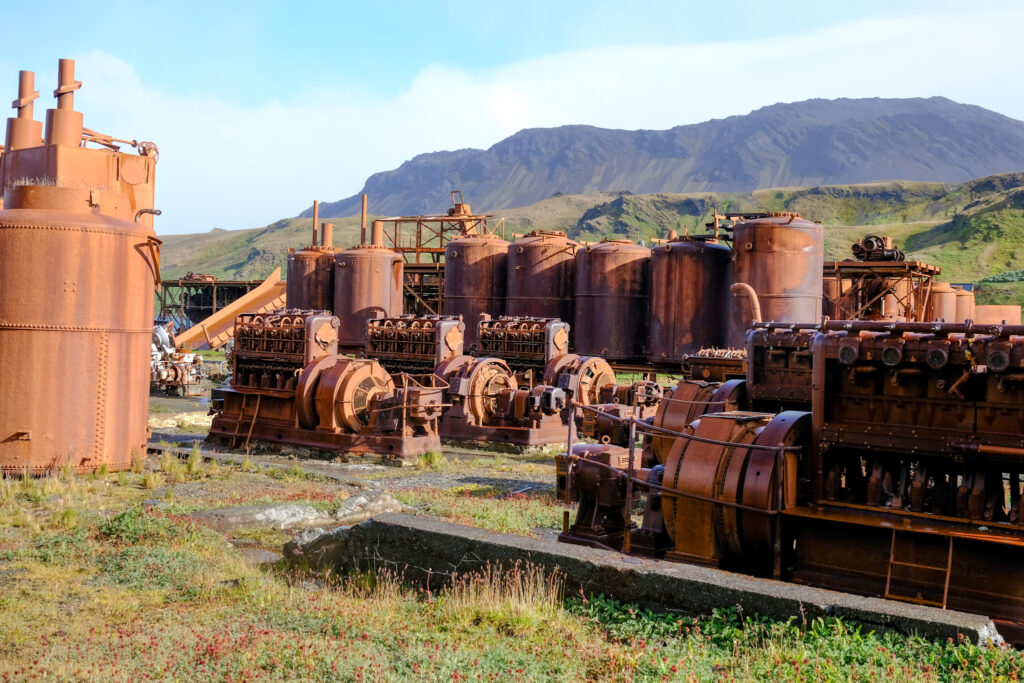

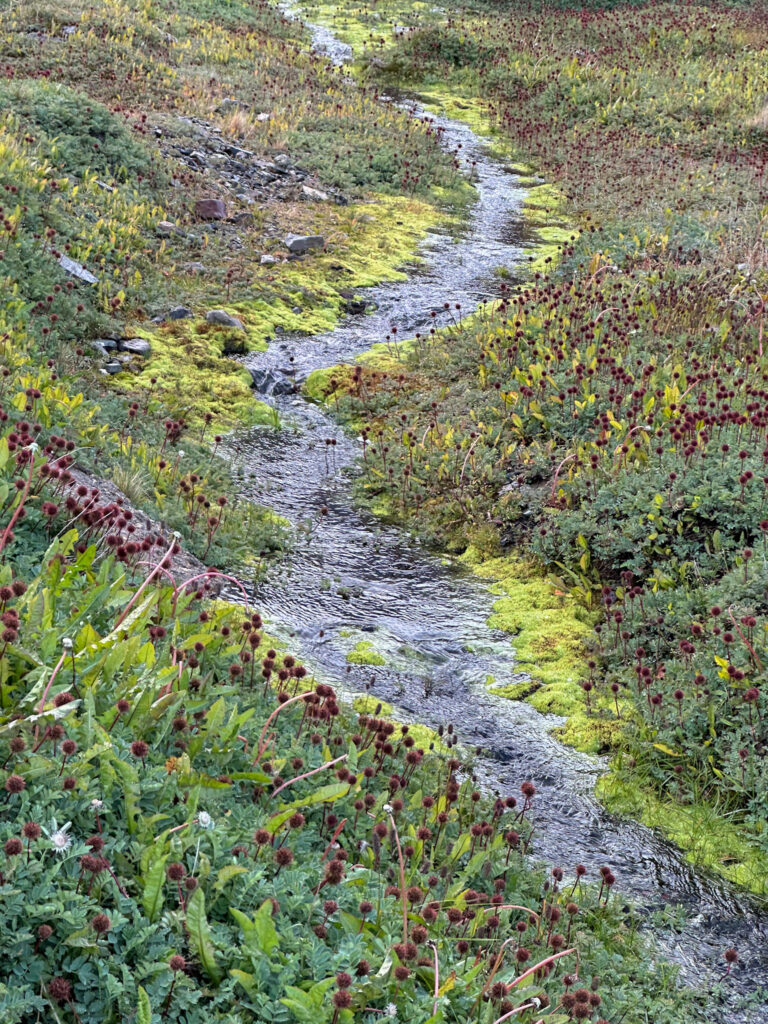
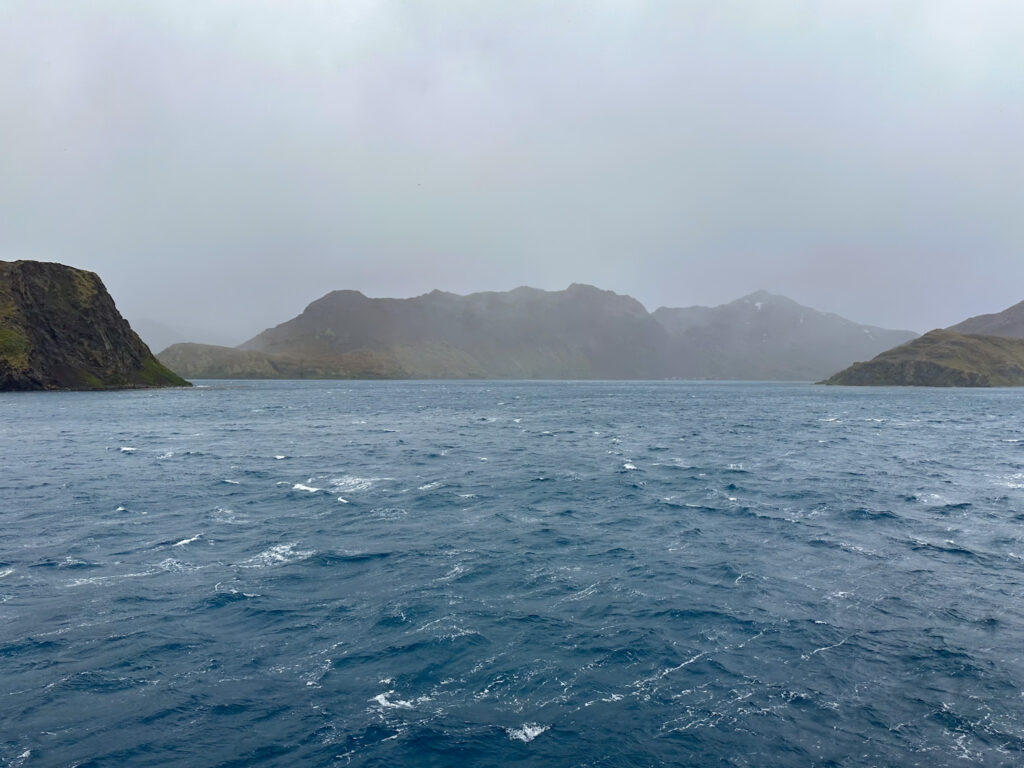

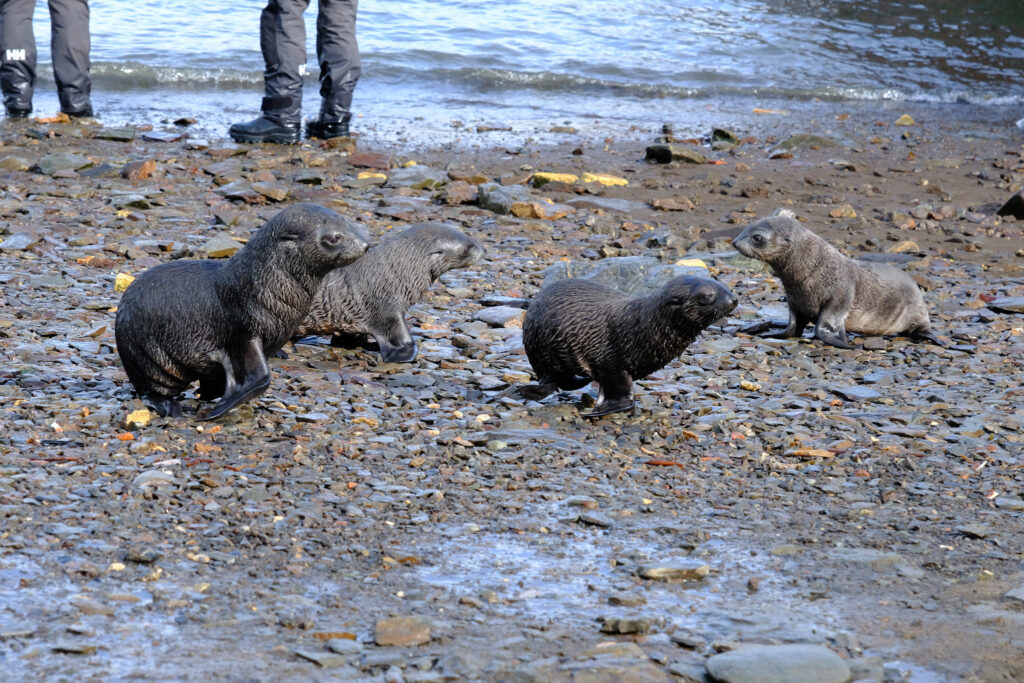

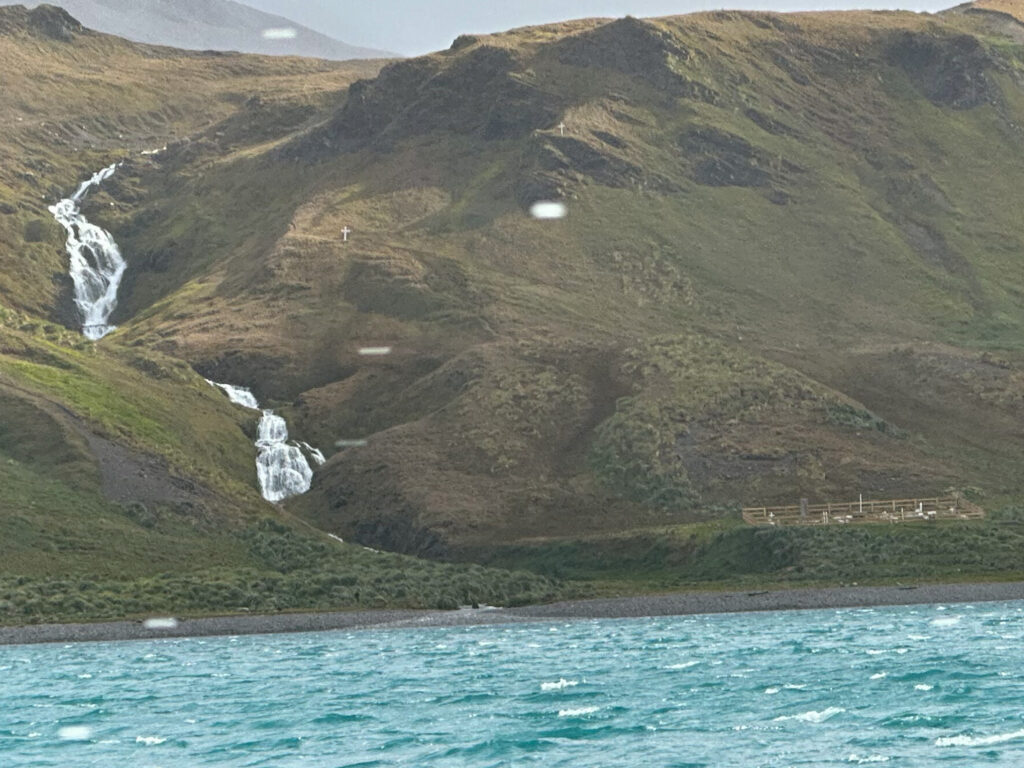
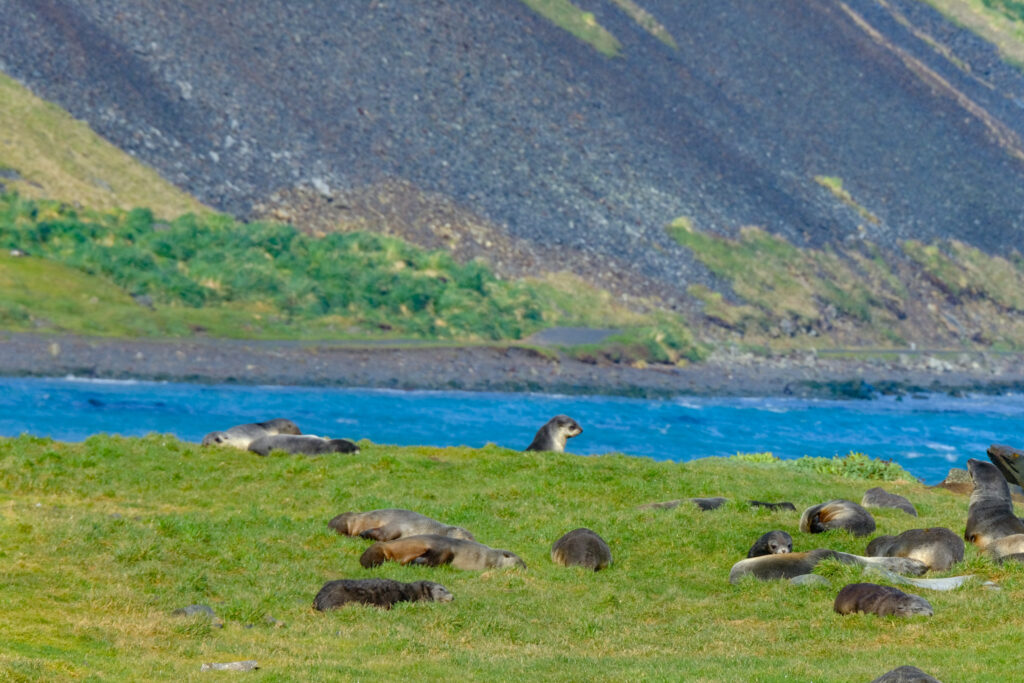


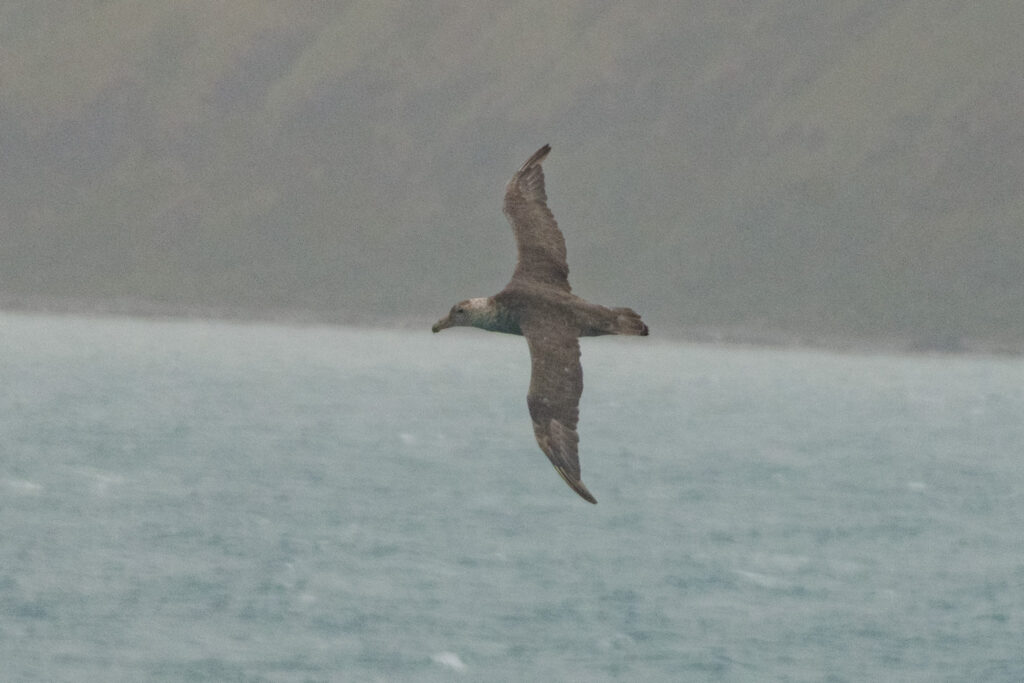
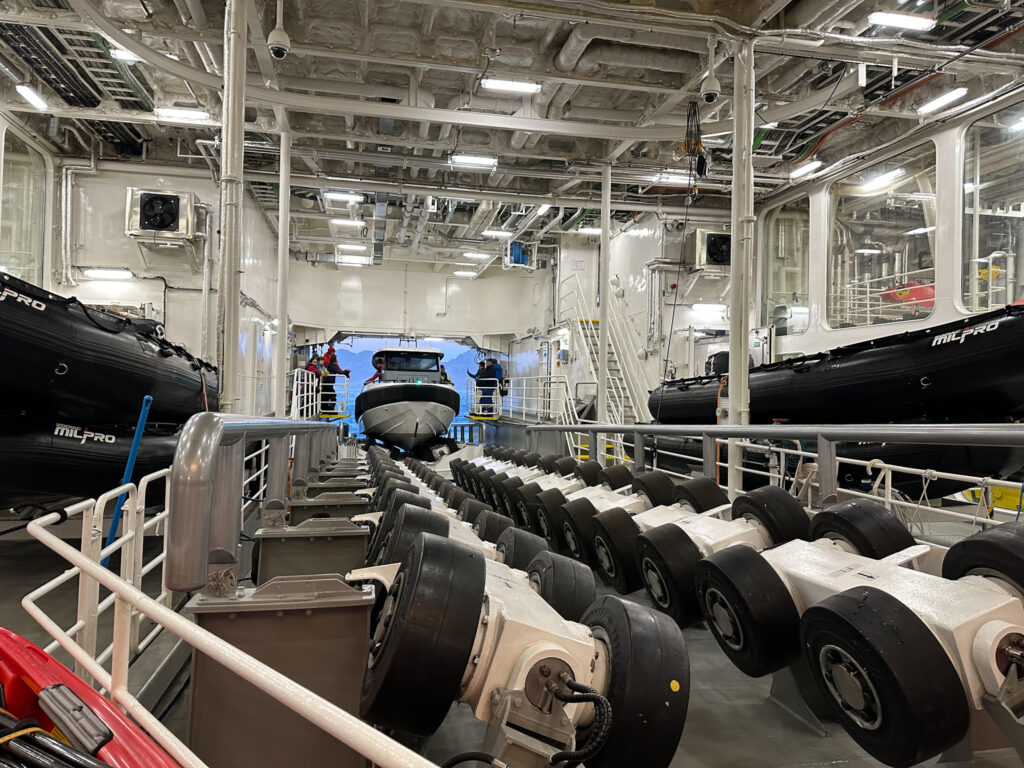

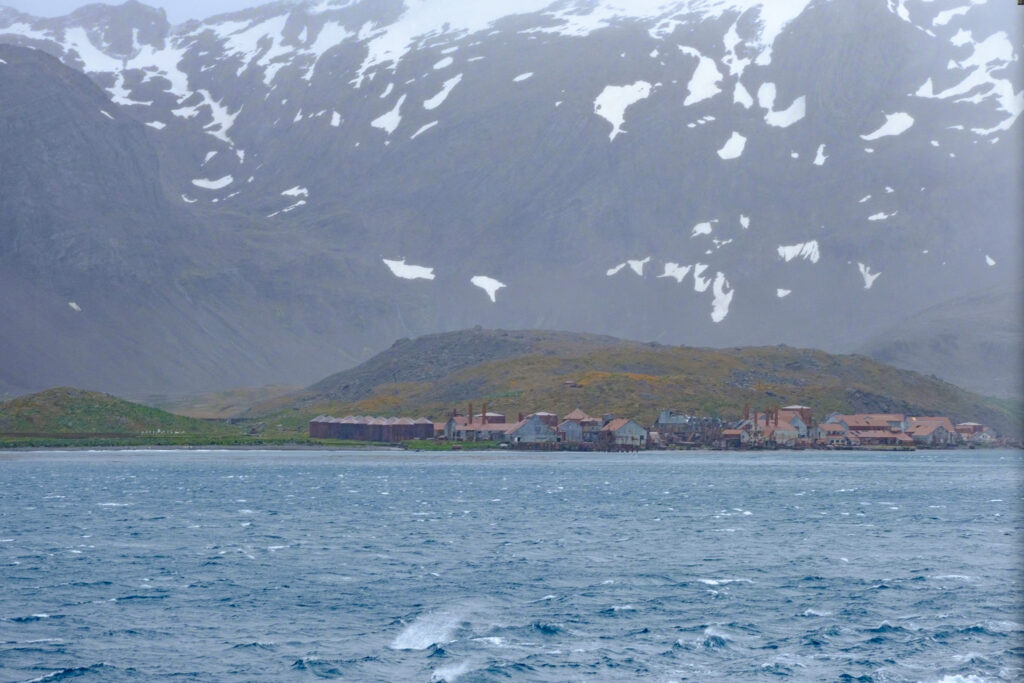

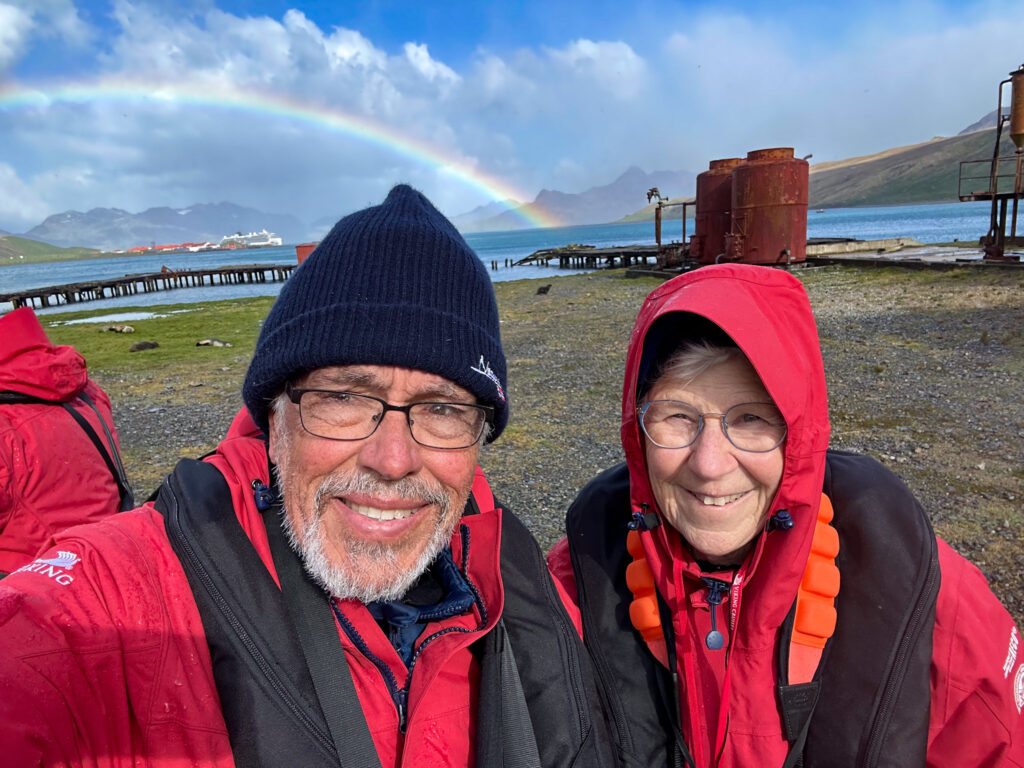

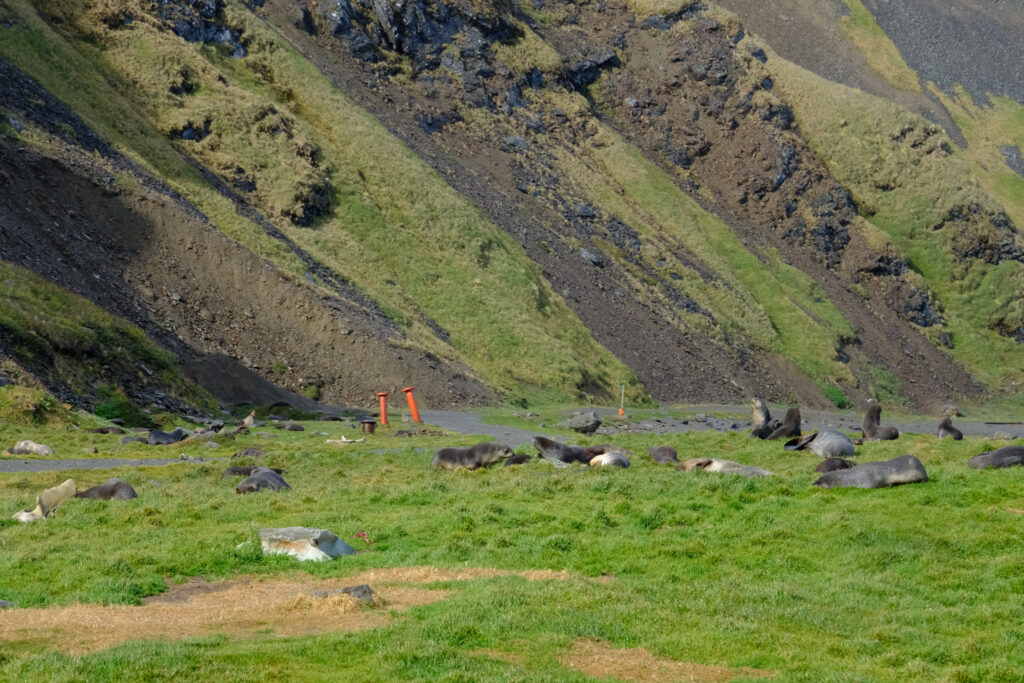
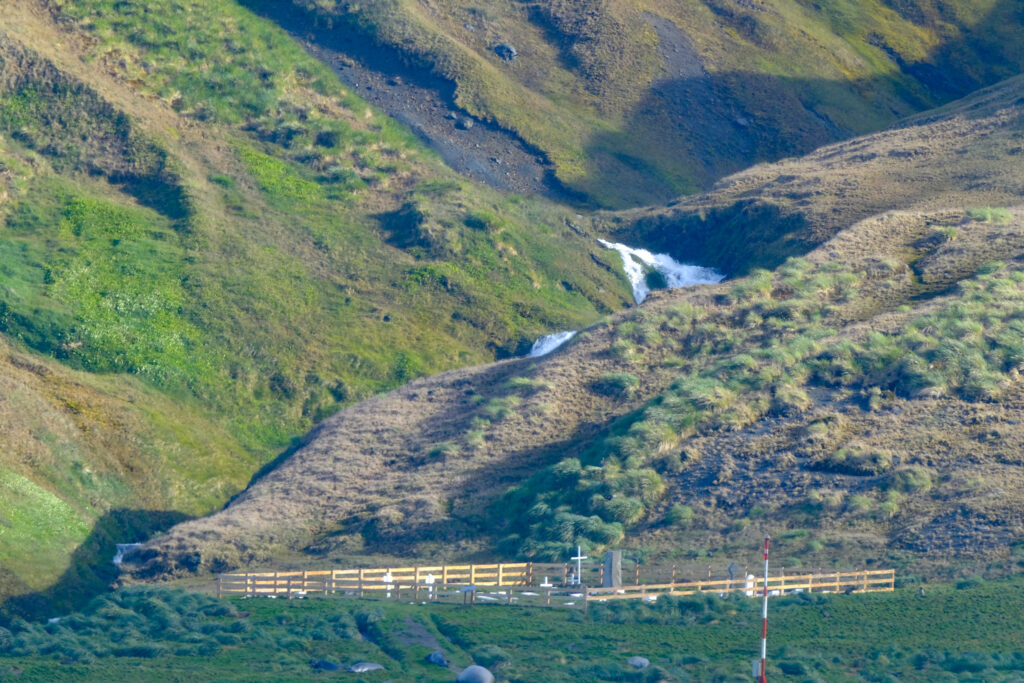


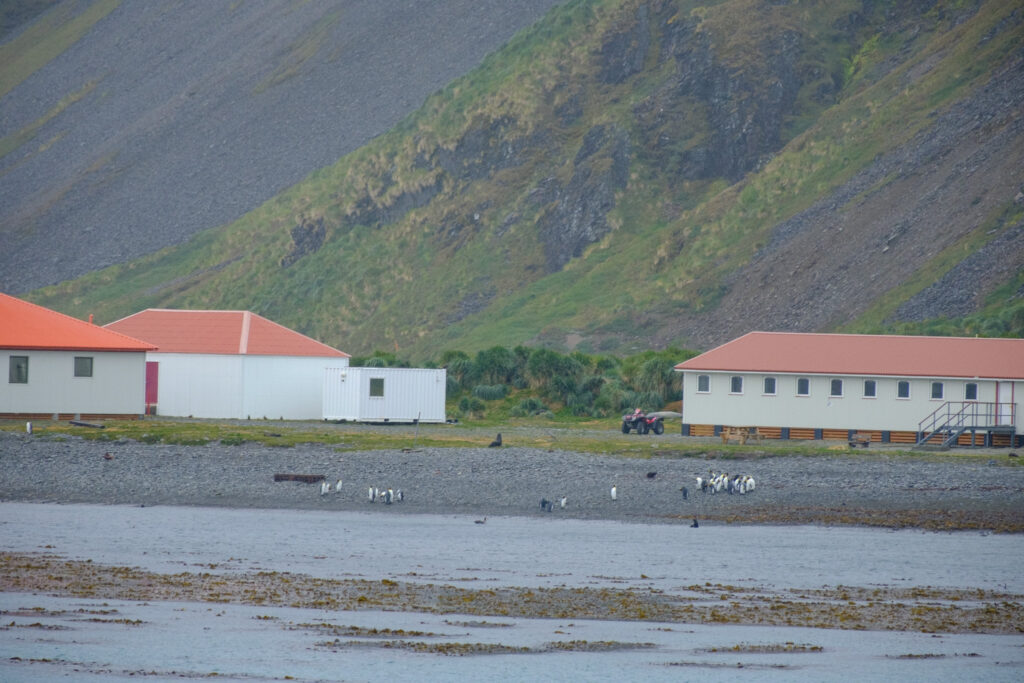
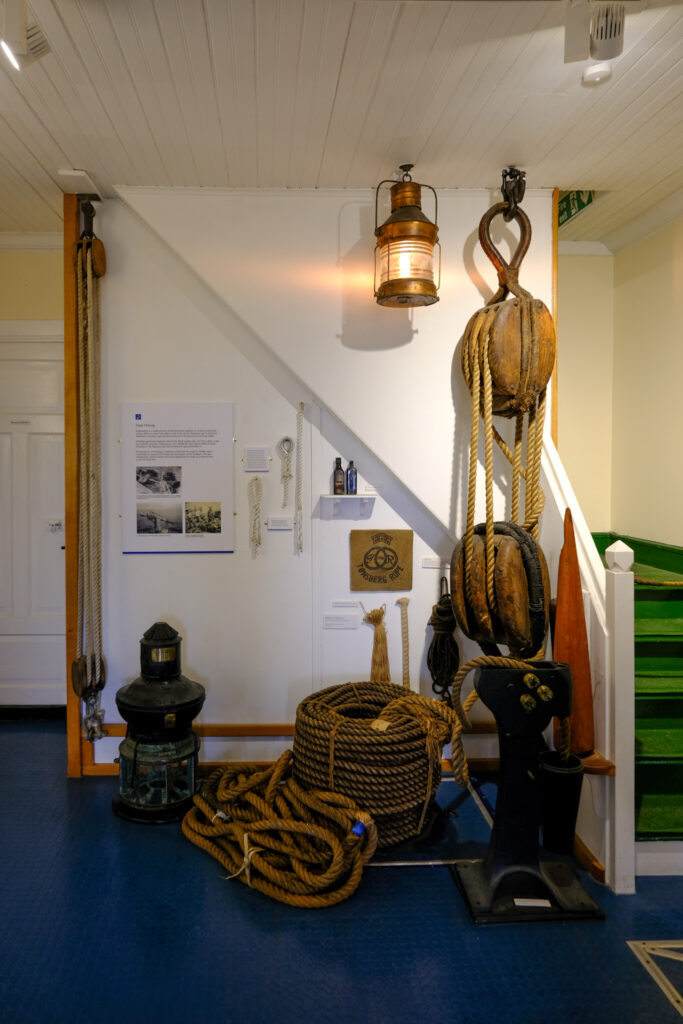

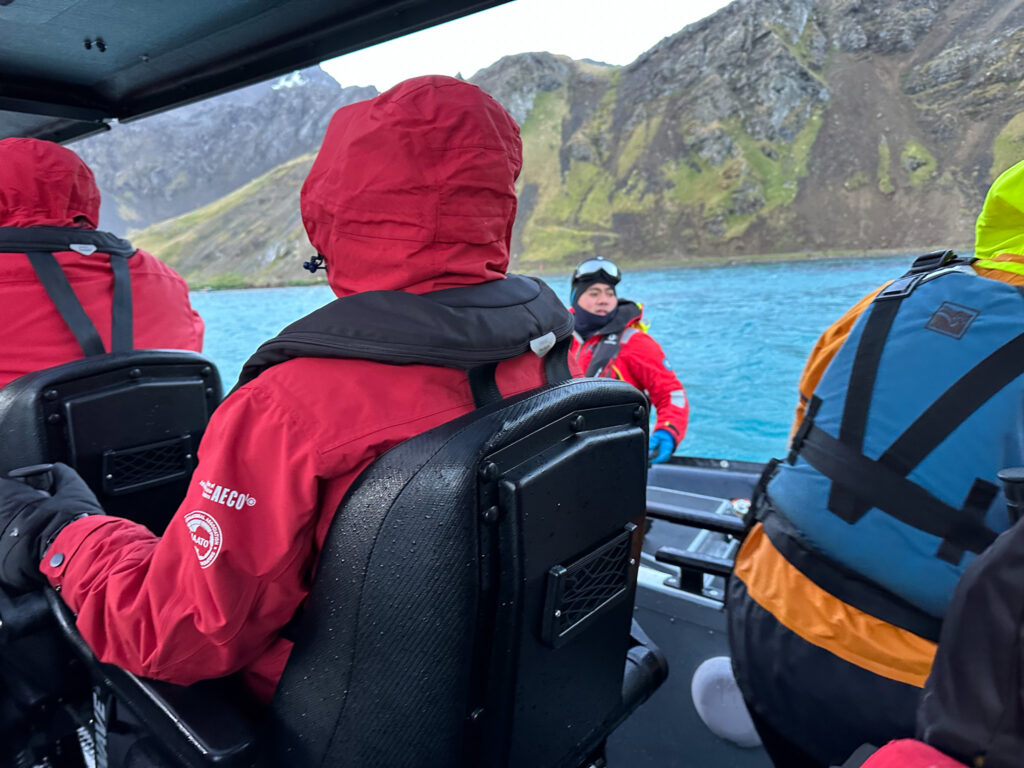

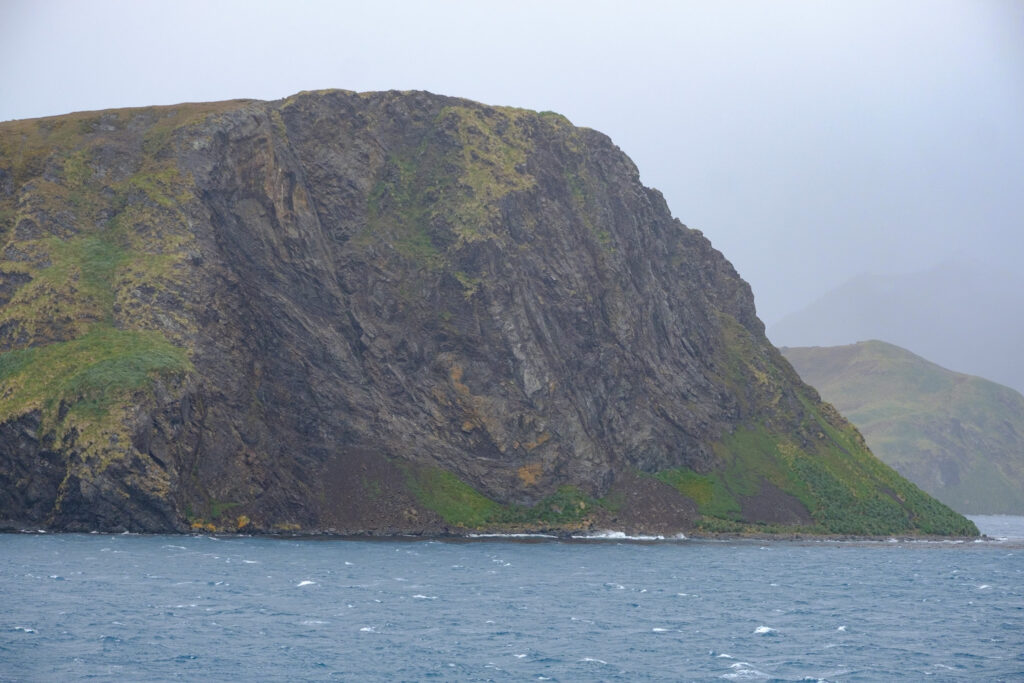


Wow, what a day! Scary 😧. Happy you are safe! I love your video, Judy!😋
Your pictures are interesting. Pretty Icebergs
Thanks for sharing
Thank you Karen. We were very confident in the staff and they did a wonderful job. From Judy